The first part of my month-long trip through Madagascar was spent around Andasibe. I’ve blogged about those four days over the last few weeks here. The second stop of the ten key areas I would visit was to Sainte Marie Island (now known as Nosy Boraha) for the annual Board of Director’s meeting for a non-profit organization I serve on. As a proud director on the International Palm Society, it was this meeting that motivated me to finally plan my dream trip to Madagascar which would take me away from my family for an entire month.
The International Palm Society (IPS) is the largest society of palm enthusiasts in the world. Anyone that regularly reads my blog knows that to say I am a “palm enthusiast” would be an understatement. The IPS is operated solely and exclusively for scientific and/or educational purposes related to the study of palms, their propagation, culture, conservation, care, and development. A noble cause headed up by passionate people. Being able to give back and volunteer for a non-profit that only focuses on the palm trees I love so much is a real honor and worth the time and cost involved to attend these meetings.
The annual IPS Directors meeting changes location around the world each year. This year, l’île de Sainte Marie was chosen and it was to be held at the Princesse Bora Lodge & Spa—a place I highly recommend. However, it could at times be distracting having a meeting at such a beautiful place, where you look out from the restaurant and have a view like this:
The IPS currently has 33 Directors. Not all made this trip, but the ones that did attend ensured progress was made in our attempts to grow and reach more people. A great eclectic group of volunteers from around the world.
Everyone knows it can’t be all work and no play. So while one full day was dedicated to the Board meeting, the other two days were for play. Which for this crew meant viewing the amazing palms of Sainte Marie Island in habitat.
The first stop was to a farm that the Princesse Bora runs. The farm is used to help supply the restaurant and serves as an educational tool for the many school kids that visit during field trips. This Lychee Tree was planted in the late 1800s.
View from the farm’s guesthouse. Heading due east into the horizon would eventually get you to Australia.
For the second stop we had to drive into the interior of the island in order to reach what is left of the natural forest on Sainte Marie. The island is rather small and only extends 60 km (35 miles) from north to south and, at it’s widest, 5 km (3 miles) from east to west. Bad roads, traffic and sketchy bridge crossings make what should have been a short drive last a few hours.
Like everywhere in the third world, kids love the sight of tourist wearing shoes and showing off their fancy clothes.
Laundry day on Sainte Marie.
Once we reached the first day’s drop-off point, we were treated to a grand view of a white sand forest on Sainte Marie. Frankly, it is a sad sight seeing the current destruction rate of remnant forest like shown below. Even as we were walking through forest trails we would find large trees that had been cut down recently. Unless something is done to stop slash-and-burn agricultural practices and renewable trees can be planted, I would guess the forest will be gone within a decade.
OK, let’s get to the plants. The first group of endemic palms we would see just happened to be Dypsis lutescens. One of the most common palms in the world, it is native to Madagascar. However, you won’t find Dypsis lutescens this glaucous in gardens.
A palm very similar to Dypsis lutescens and often confused with it is Dypsis arenarum. After seeing quite a few Dypsis arenarum, you start to notice the vegetative differences between the two on the island. Dypsis arenarum never struck me as an attractive palm prior to my trip. However, visiting them in habitat had it growing on me by the time I left the island.
Mixed in with Dypsis arenarum, we would find a critically endangered palm that is only found on a small part of the island and nowhere else in Madagascar. That palm was Dypsis sanctaemariae—named after the island itself. Below is Grant Stephenson, an IPS Director, helping show off the large bifid leaves that lack a petiole. Characteristics that make it unique on Sainte Marie.
Dypsis fibrosa with two growing points. A common sight throughout the forest of Madagascar.
Minus the nitrogen deficiency, the clumps of Dypsis fasciculata made for an impressive sight. The Dypsis fasciculata below shows off an unusual leaf form that made them more ornamental in appearance than the usual leaf form found on Sainte Marie and other parts of northeastern tropical Madagascar.
Later on the tour of the white sand forest that first day we found the more common leaf form of Dypsis fasciculata.
Dypsis nodifera is one of the most common palms found growing in Madagascar. I would see it in almost every reserve I visited on the east coast. Famous palm botanist John Dransfeld with the photobomb.
Dypsis nodifera on left and Dypsis fasciculata on right.
The ugliest of the Dypsis I saw on Sainte Marie had to be Dypsis boiviniana. Which was odd because Dypsis boiviniana growing in NE Madagascar is a much more attractive palm than the ones we found on our tour of the white sand forest of Nosy Boraha.
Dypsis corniculata is an attractive and common “ankle-biter” Dypsis on the island.
Dypsis psammophila is an excellent, slender, clumping palm that could be found growing in a mostly sandy substrate.
The only cycad native to Madagascar is Cycas thouarsii. Here is an old specimen growing in mostly sand.
The white sand forest of Sainte Marie had a few Pandanus species. Loved the spiral effect on this smaller, unknown Pandanus species.
Angraecum sesquipedale is one of the most beautiful of all the orchids from Madasgacr and could be found growing throughout the forest on Sainte Marie. We were lucky enough to visit when they were in flower.
The tour ended on the eastern side of Sainte Marie, where we had the beach to ourselves.
Directors Jeff Bresseau and John Dransfeld following the guides to our lunch location before calling it a day and heading back to the hotel.
The second trek into the forest began the day after the IPS Board of Directors annual meeting. It involved a hike through landscapes once covered in old forest. Depressing when you see the full scale of deforestation.
Once we reached what was left of the white sand forest on that part of the island, we were rewarded with our first views of Dypsis lastelliana. The Red Neck Palm gets the name from its fuzzy, dark-red crownshaft. Contrasted with the white internodes on the trunk, Dypsis lastelliana for me personally is one of the most attractive palms on all of Madagascar.
Director Horace Hobbs providing scale.
Can you tell I am happy about realizing a dream and seeing one of my favorite palms (I have many) in habitat?
Another treat was finding a palm that I had no idea existed. The beauty below is Ravenea robustior ‘Coastal Form.’ It is a dwarf compared to the Ravenea robustior found on the mainland, but showed some interesting color. Once again John Dransfeld is photobombing my picture. This time right after telling me this palm will most likely become a new species in the near future.
Dypsis forficifolia is a small, under-story palm that has a pretty red-emerging new leaf.
Dypsis confusa.
To the best of my knowledge this is a Memecylon sp. (Melastomataceae). I had never seen a purple new leaf on a plant before my visit to Sainte Marie.
The purple fruit of Dianella ensata.
Most likely a Rhodocolea sp. (Bignoniaceae).
Tacca chantrieri (Bat Flower) setting seed.
While Sainte Marie Island has no lemurs, there were a few other animal sightings. There are no poisonous snakes on Madagascar, so we knew we were safe when we found this Giant Hognose.
Zonosaurus karsteni (Plated Lizard).
Not all the animals were alive. This is a baby sperm whale skeleton made into a display. Look at those teeth.
And lastly, I had to show a photo of my little buddy. The lodge owner’s Jack Russell Terrier slept on the chair outside my bungalow each night. With the entire lodge to himself, I couldn’t figure out why. Perhaps he knew I was a dog lover. The owners made sure it wasn’t food that had him sleeping there. Without the “Do not feed me” tag, this cute little guy would weigh 100 pounds with all the handouts he would get from lodge guests.
As usual, I find it so difficult having to whittle down a few hundred photos to about 50 for a blog post. Because my blog is geared towards plants, much of the landscape and people photos I took unfortunately had to be left out. But there are many great travel blogs where they can be found.
Nosy Boraha was a wonderful island and the perfect place to view a plethora of rare and unique plants all in one small location. All totaled, there are 17 palm species endemic to Sainte Marie Island. I have shown 13 here in this post, but saw 16 overall. The only palm I didn’t see during my visit was Dypsis procera—which apparently was located by a few others on the tour. Oh well, guess I need to go back someday.


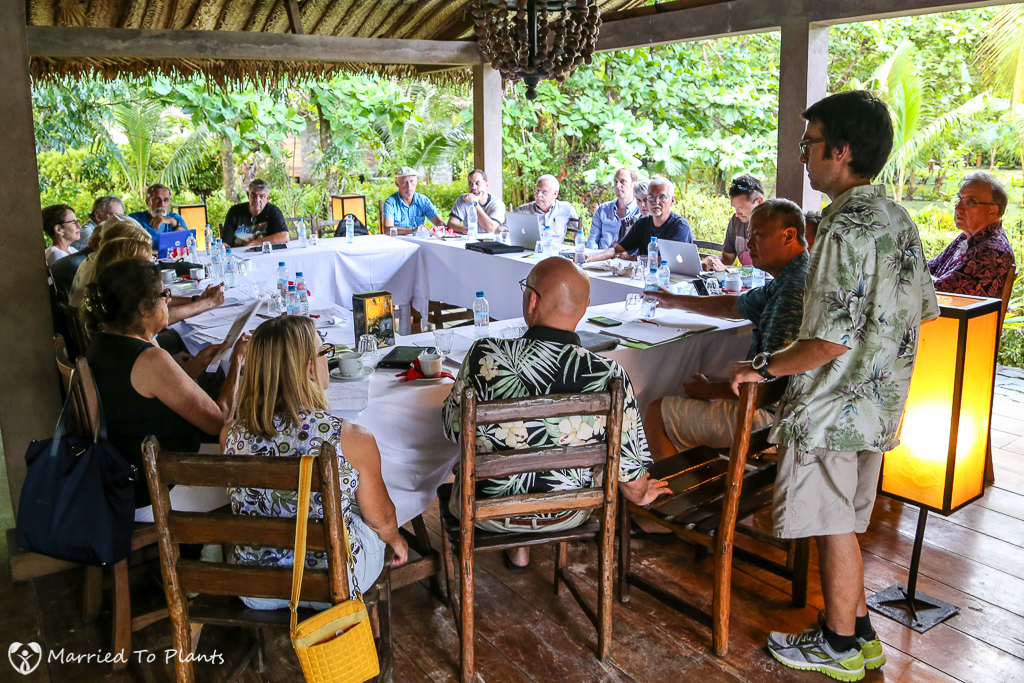
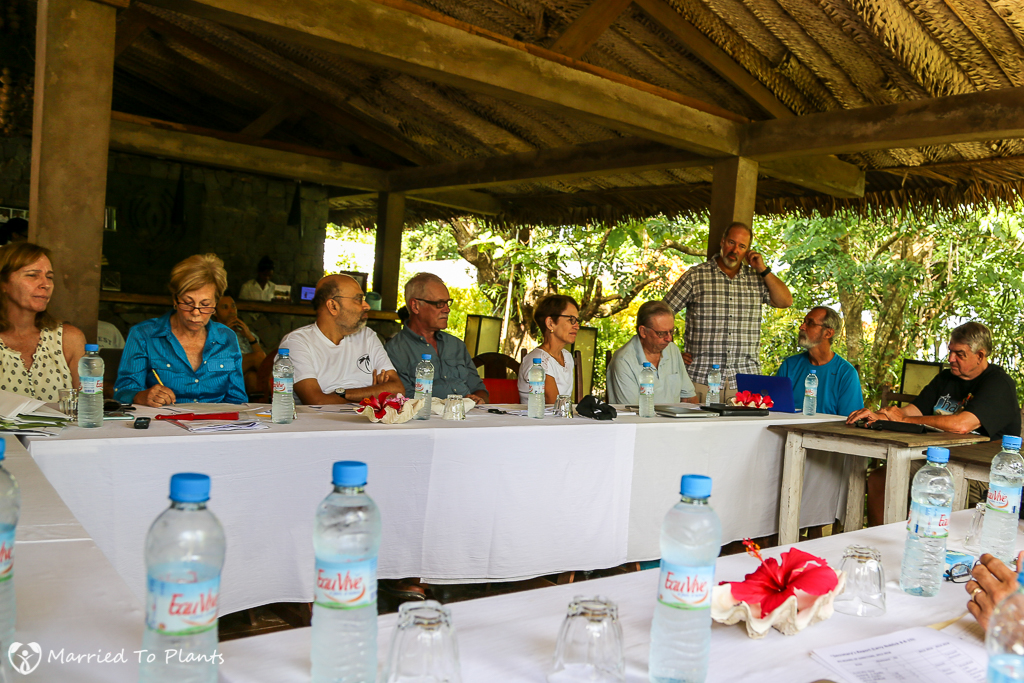
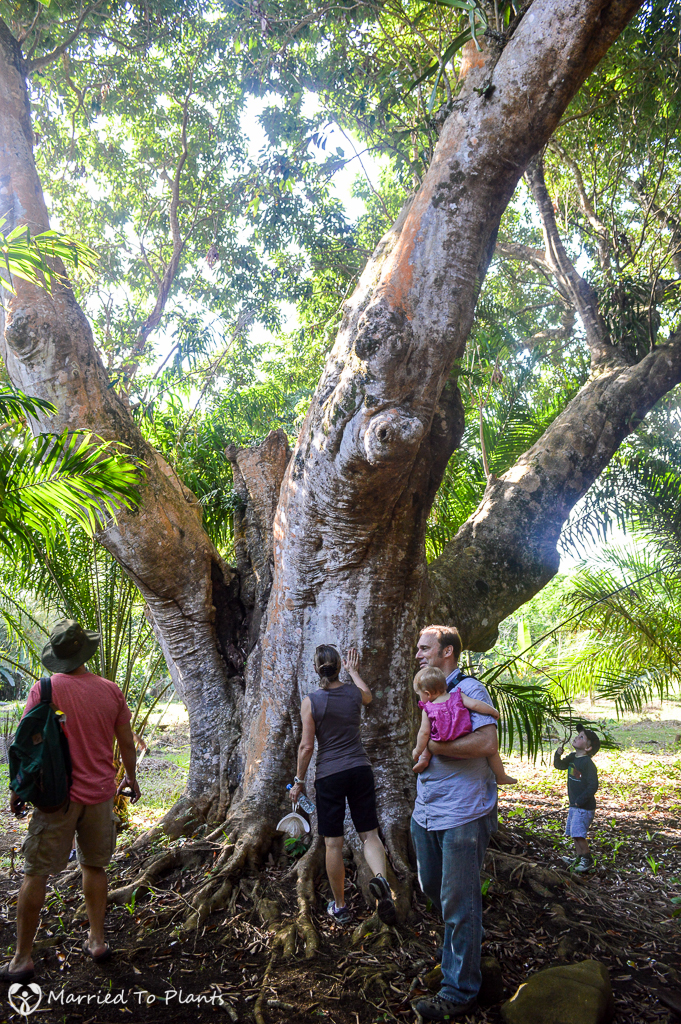
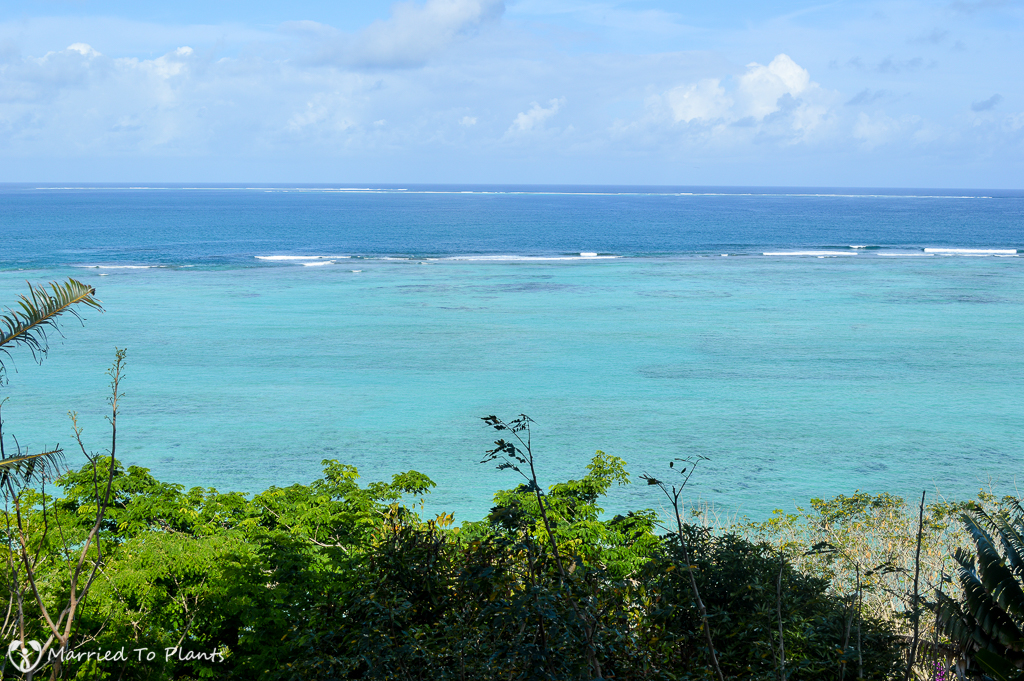
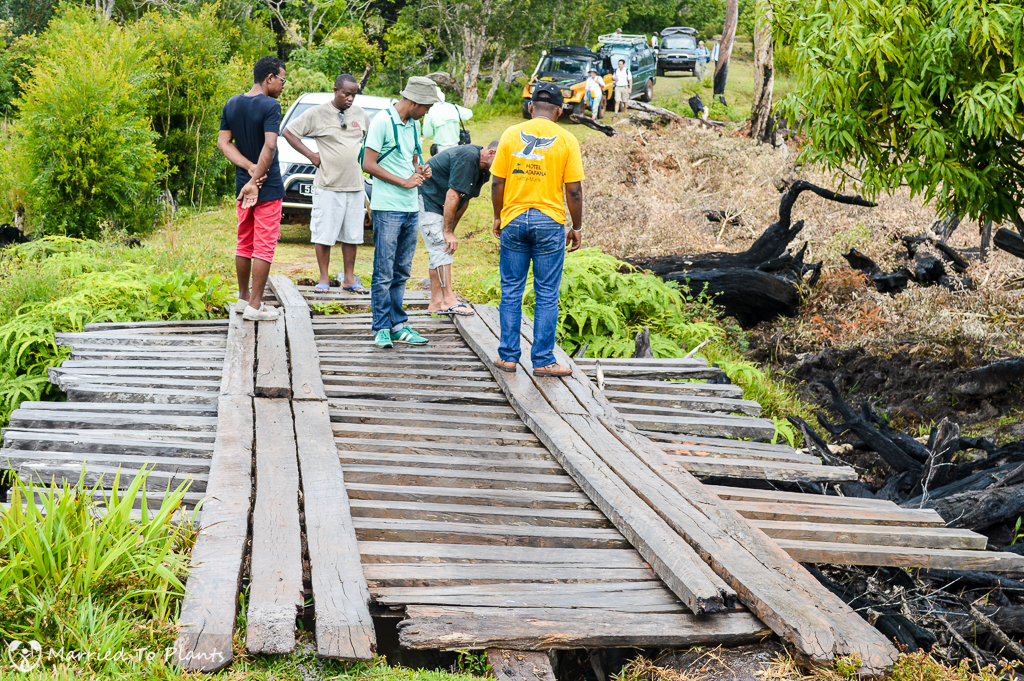

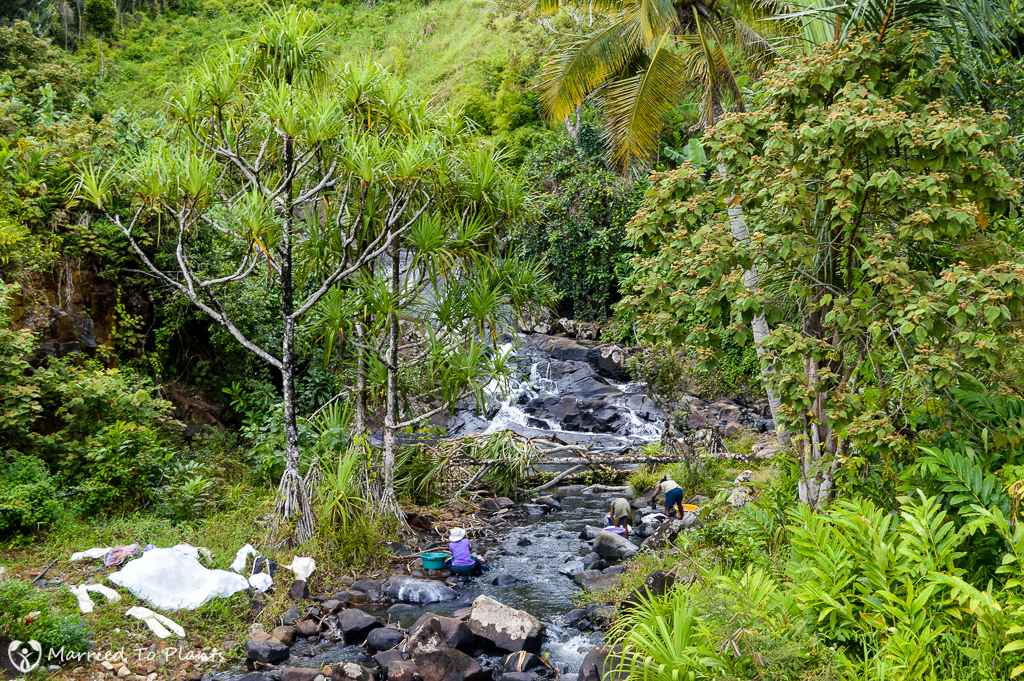
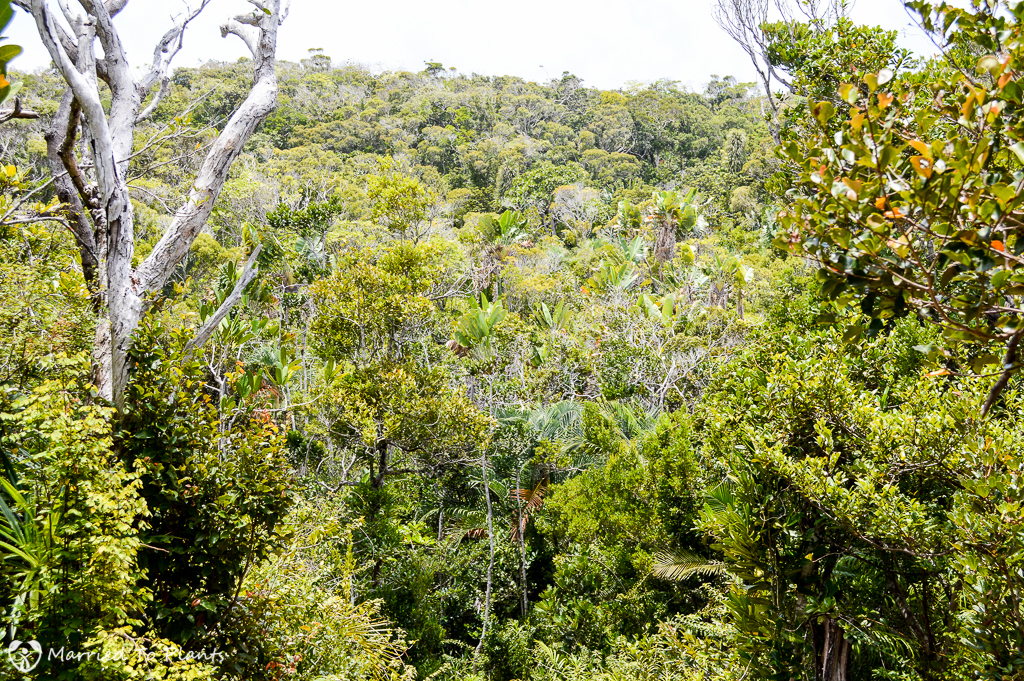
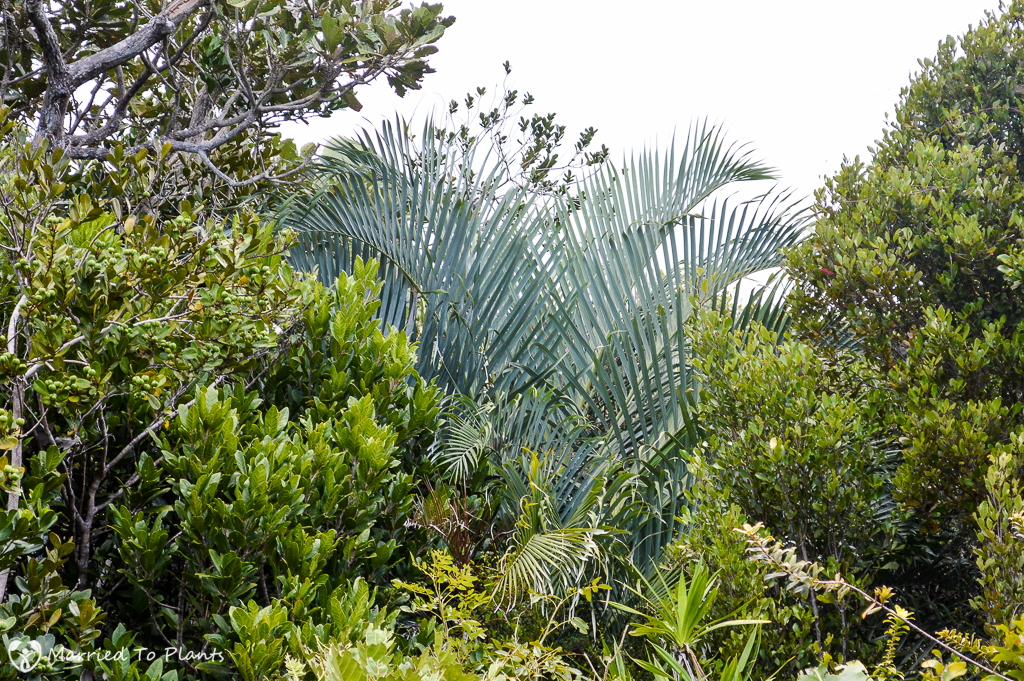

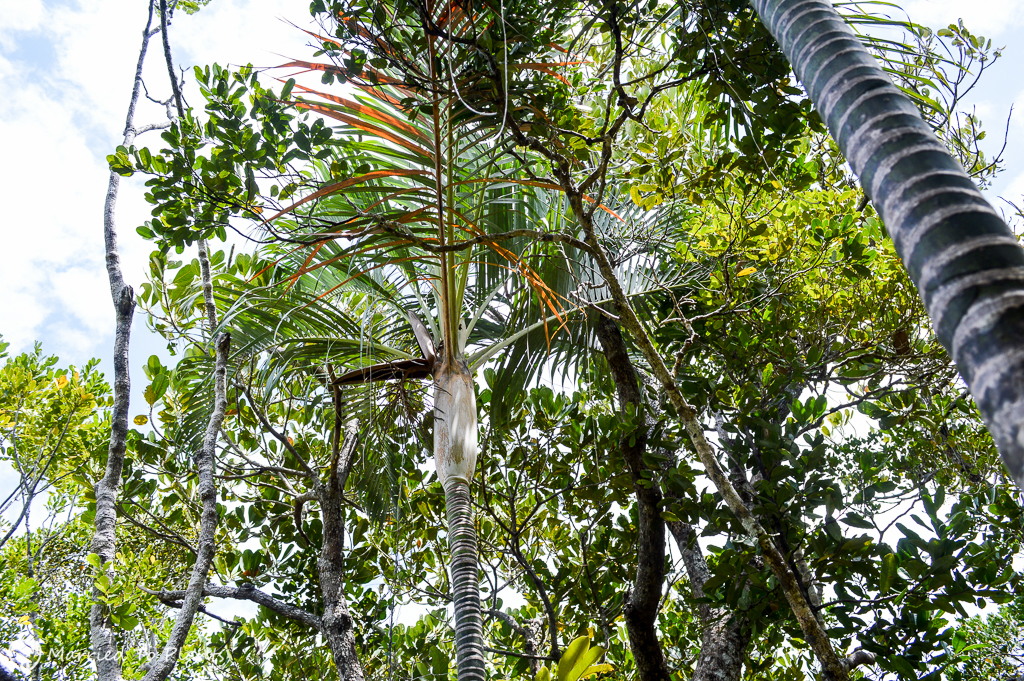

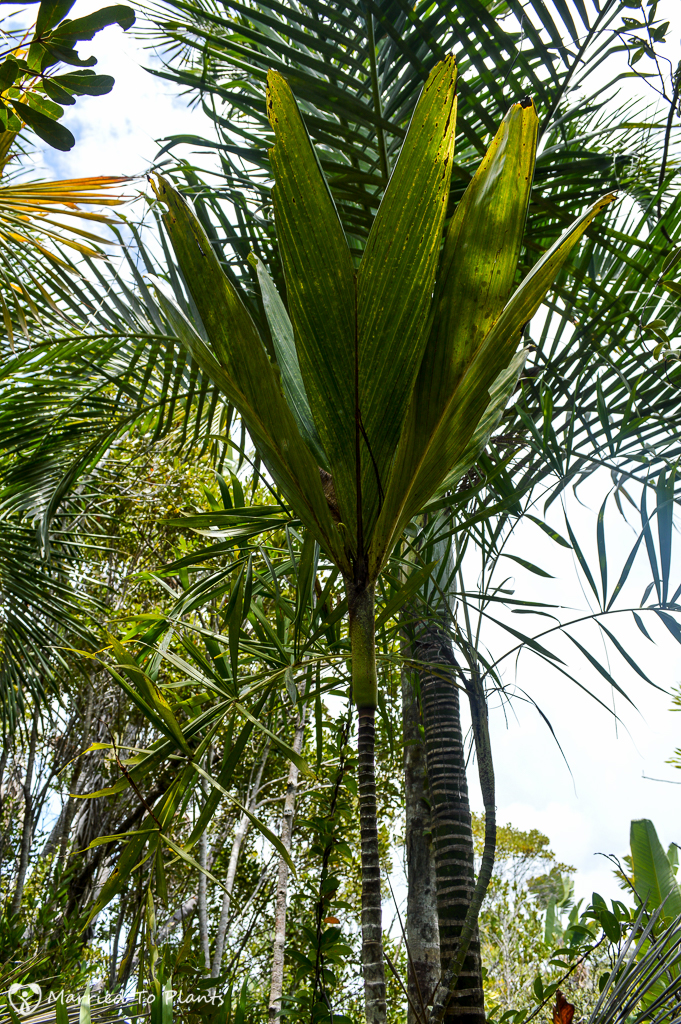
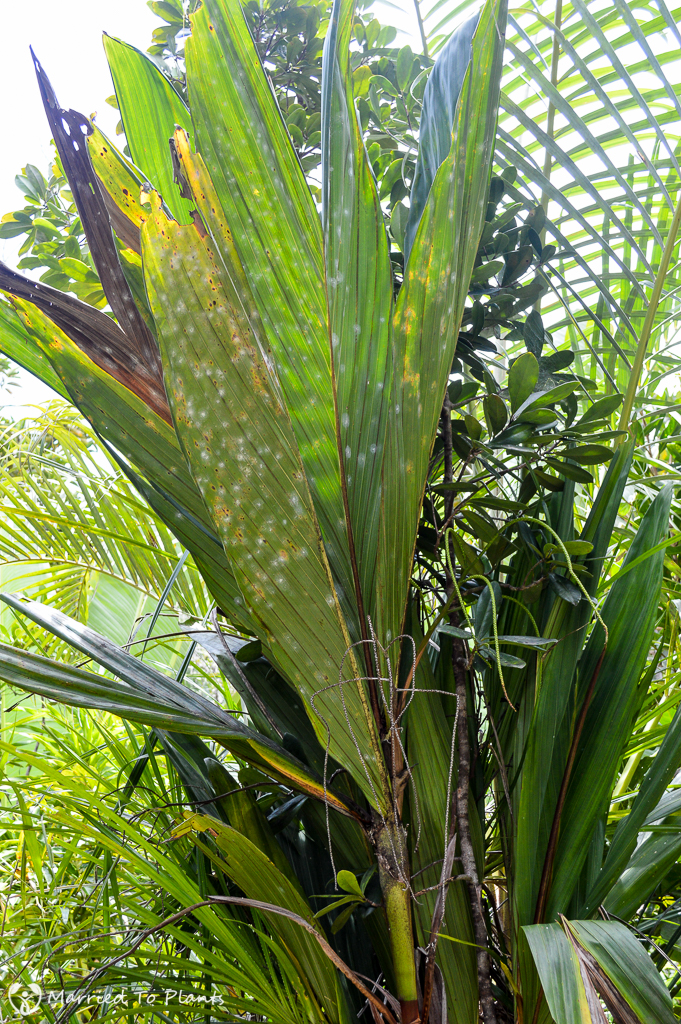
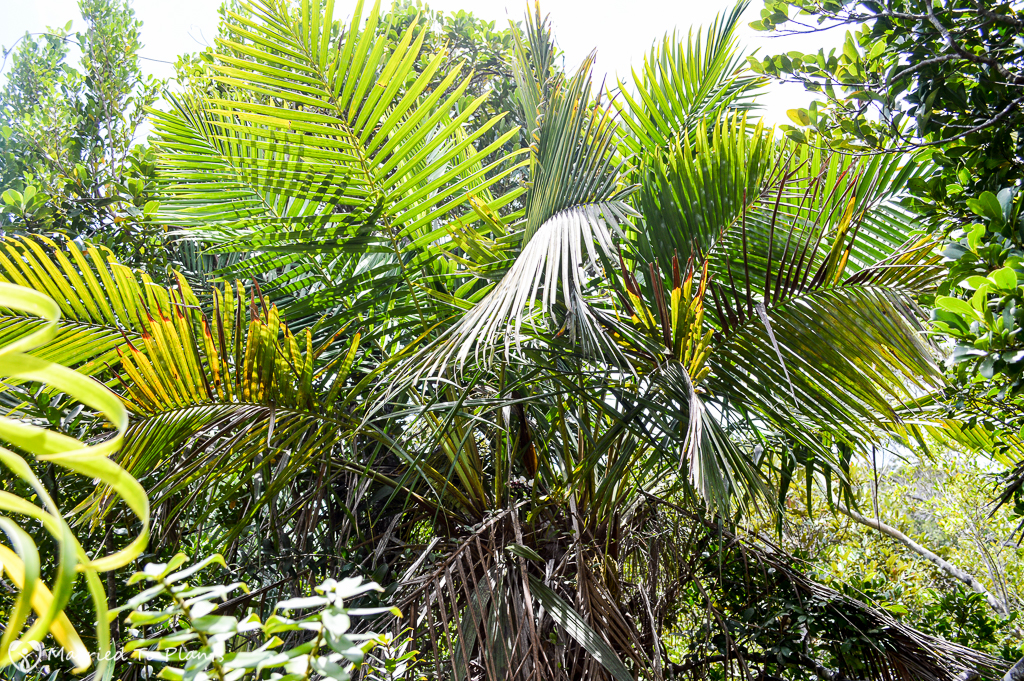
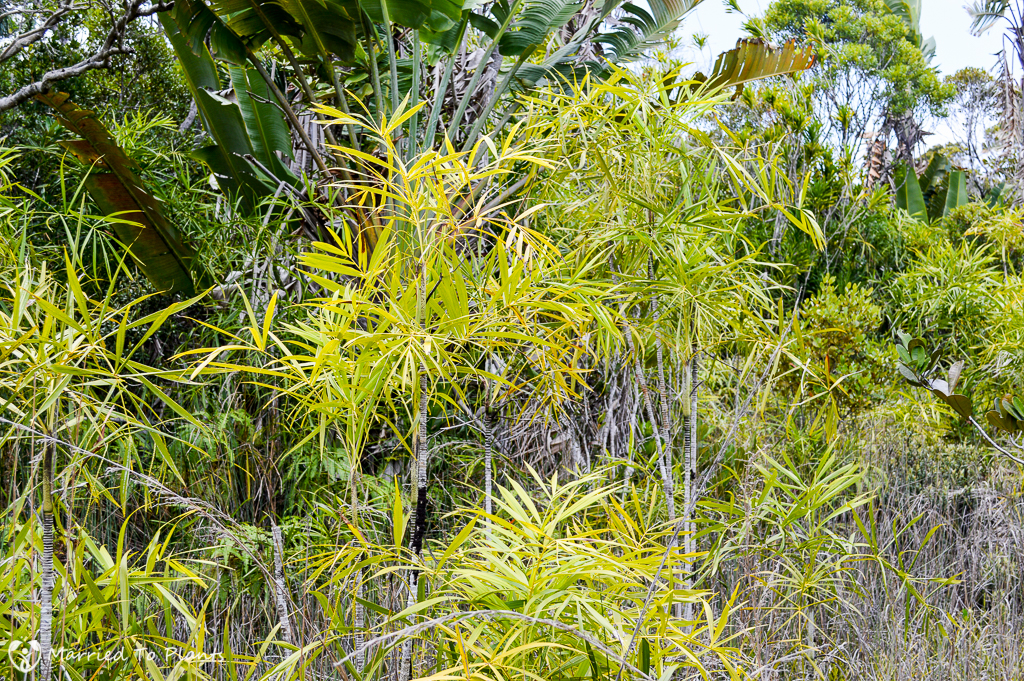

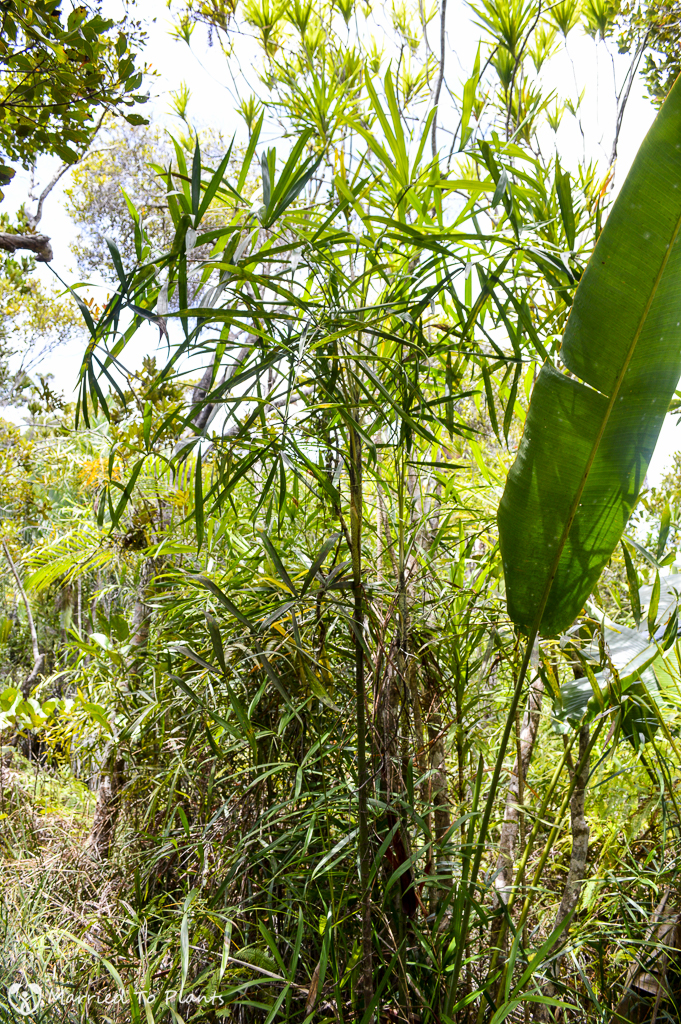
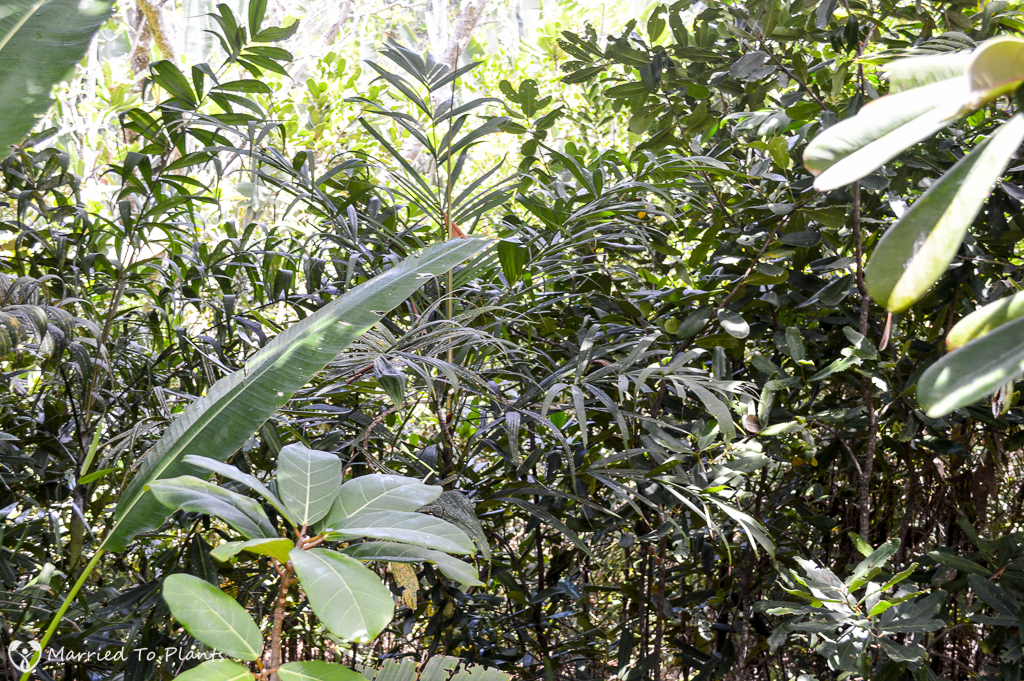
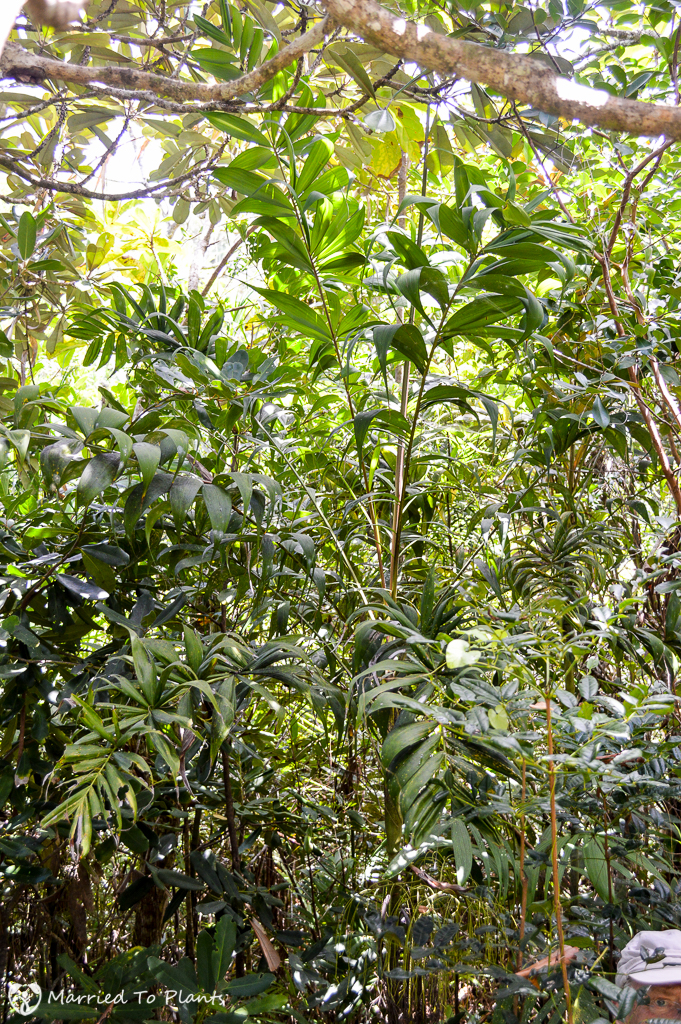
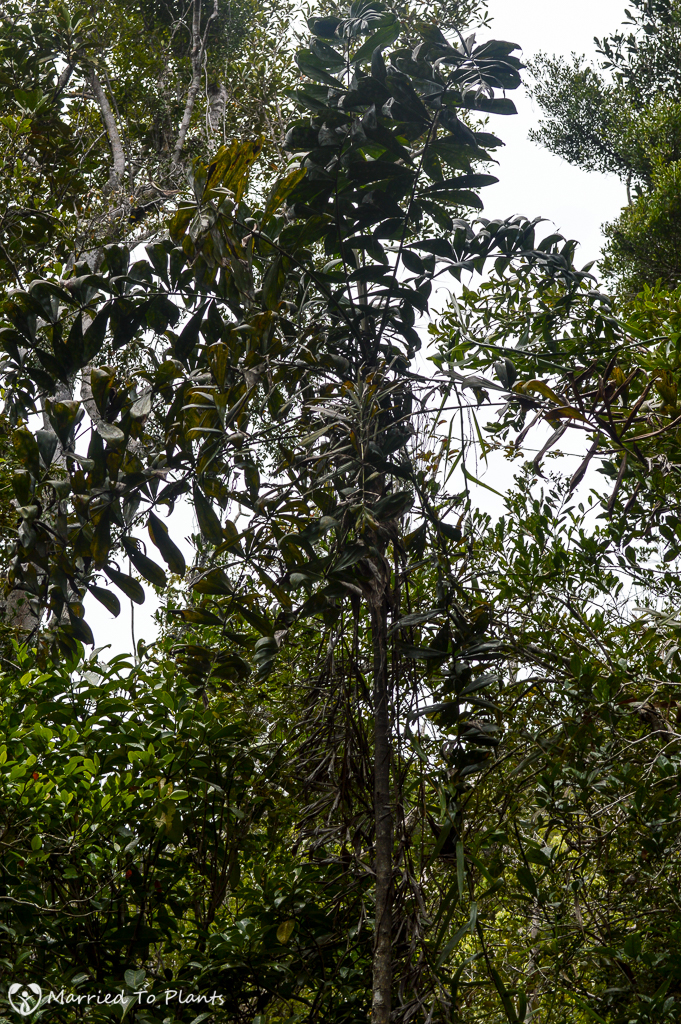
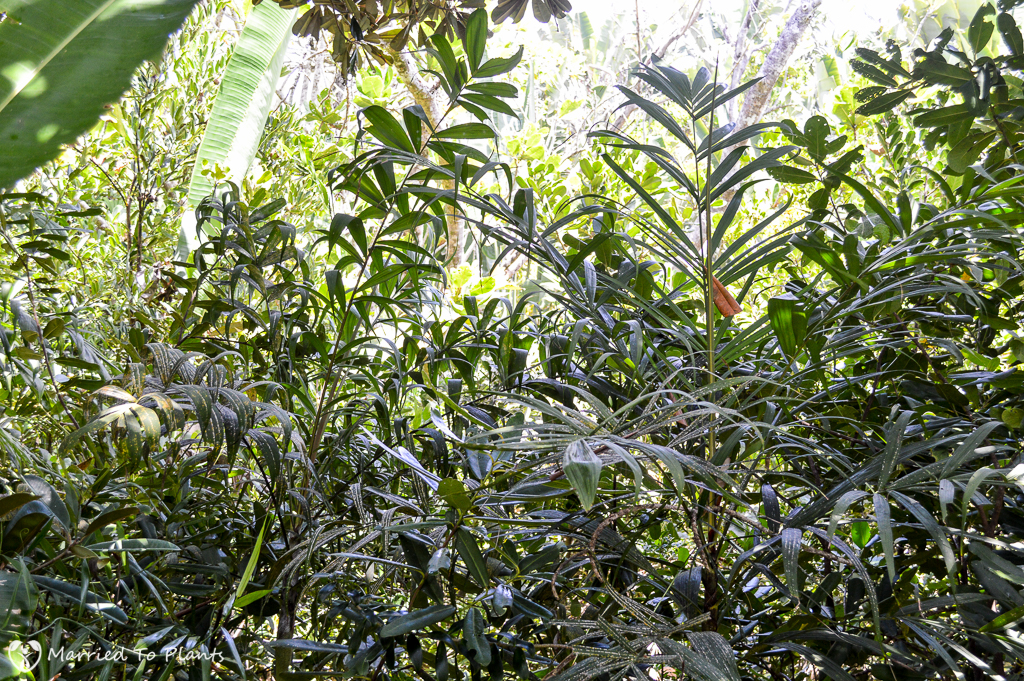
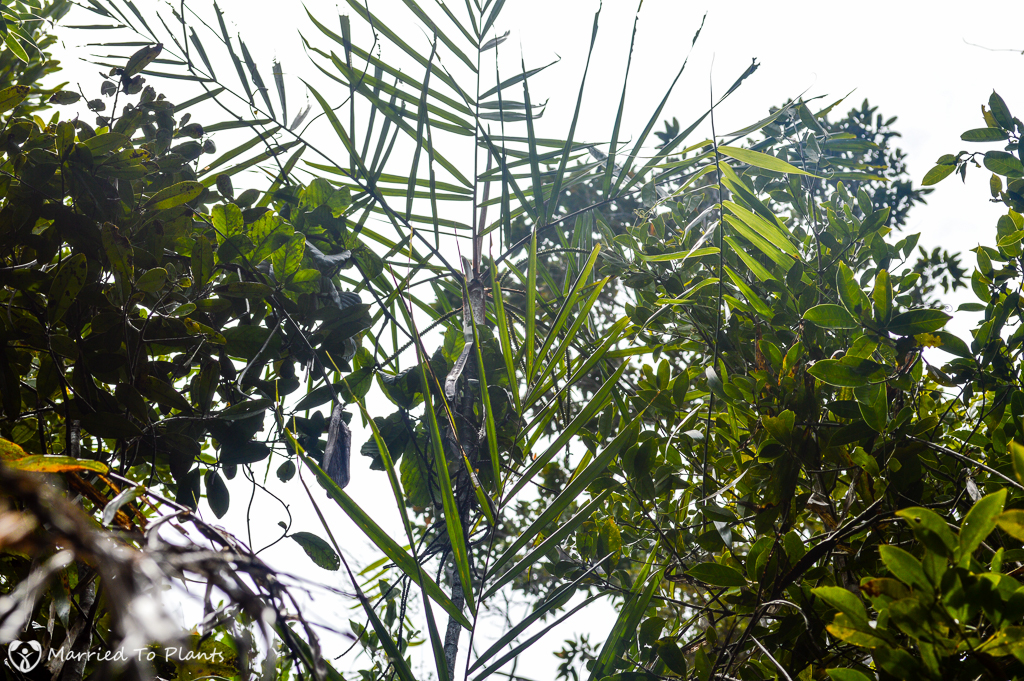
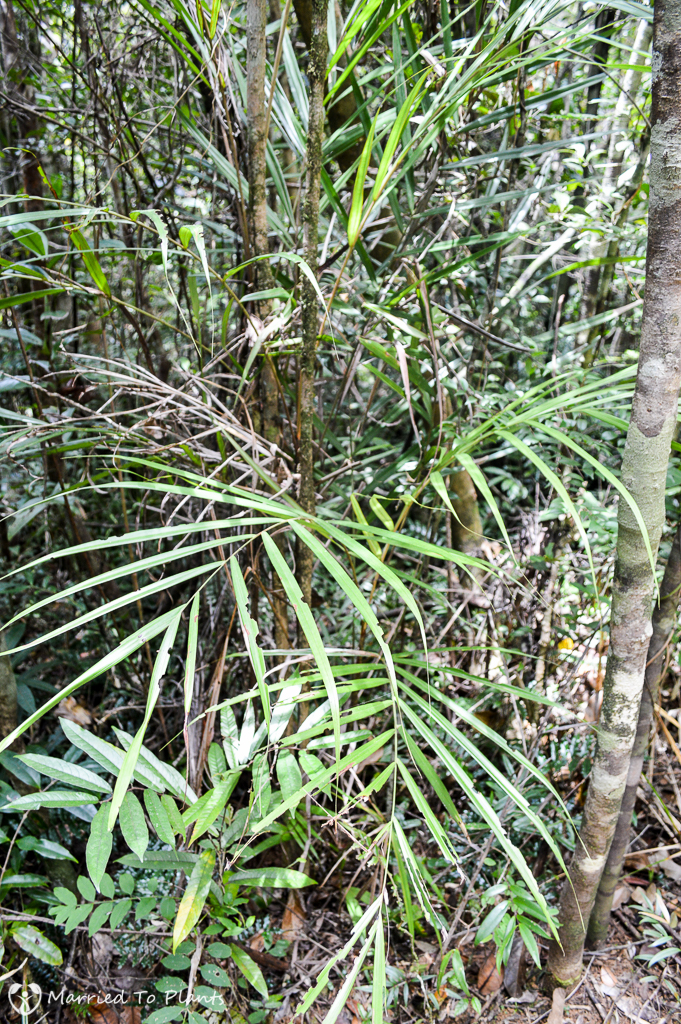
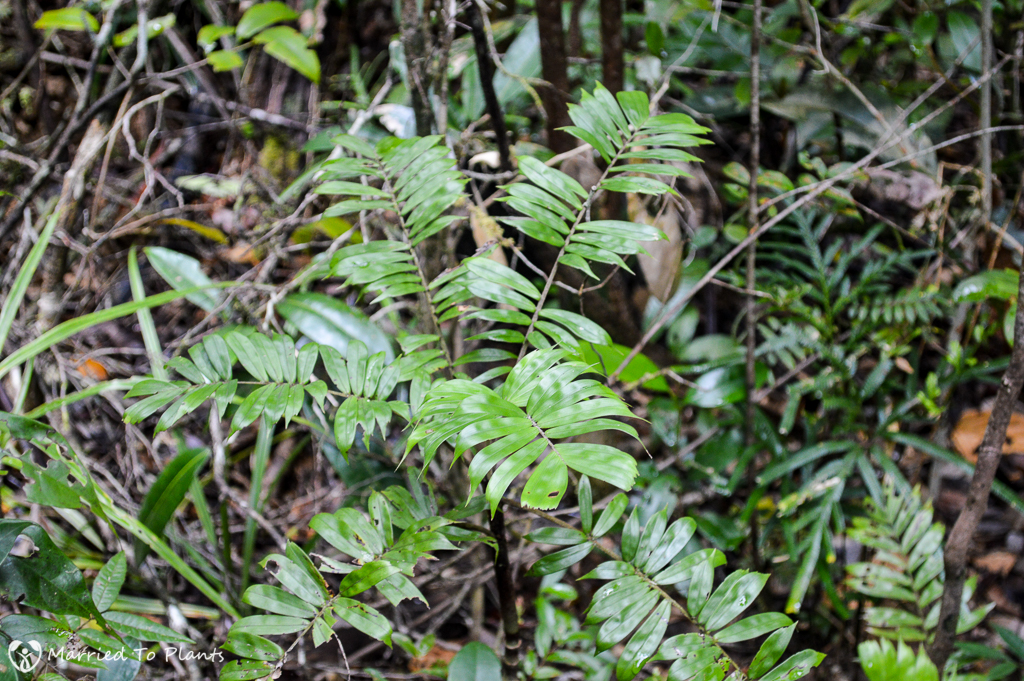
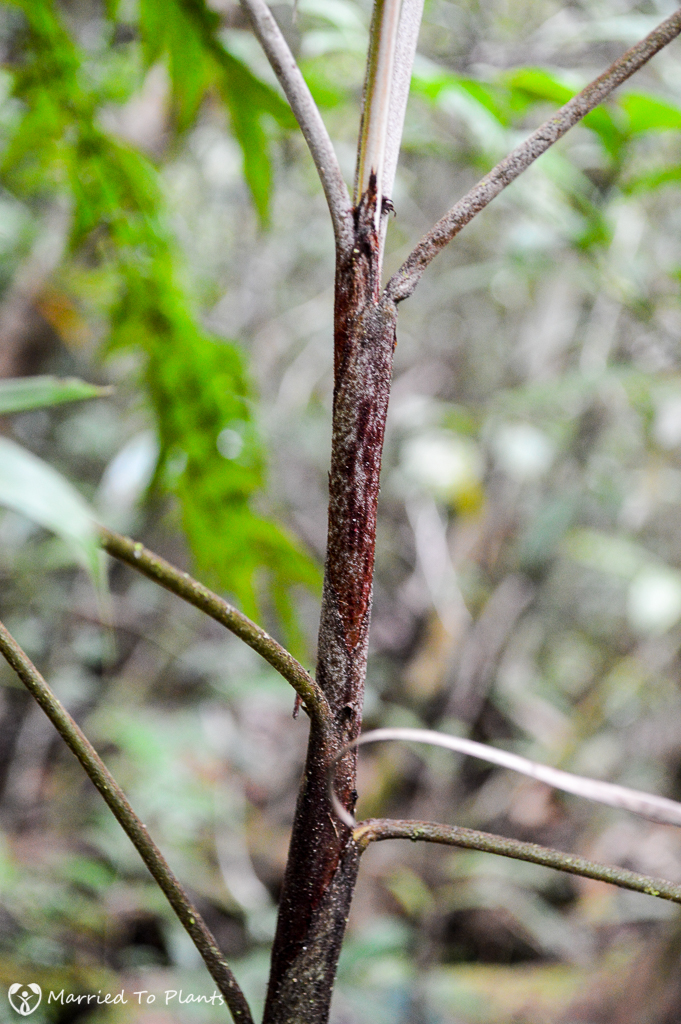
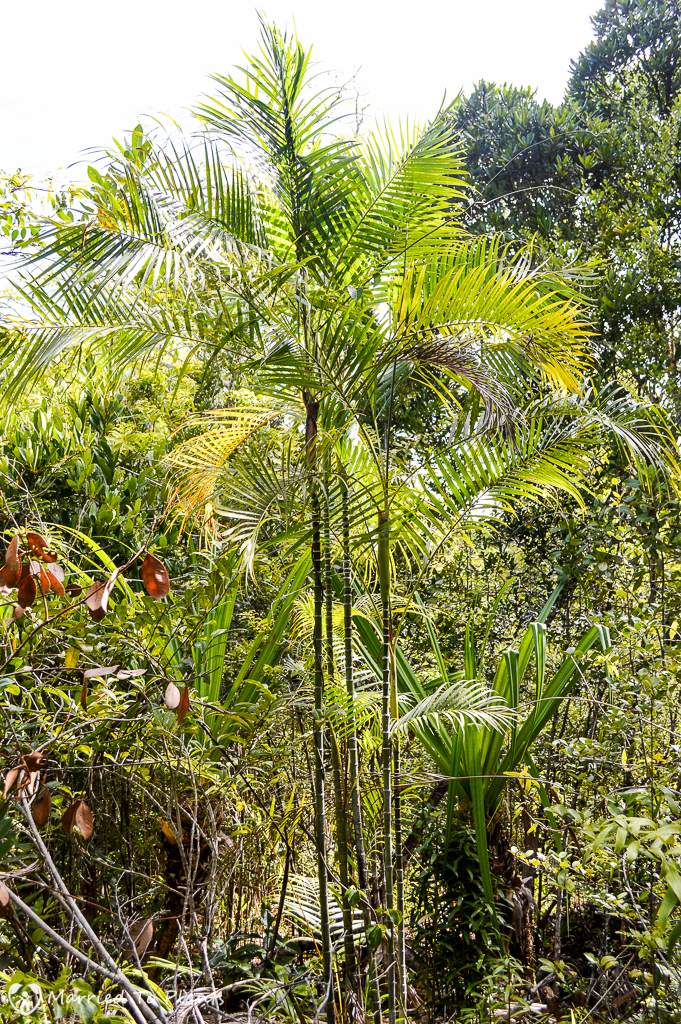
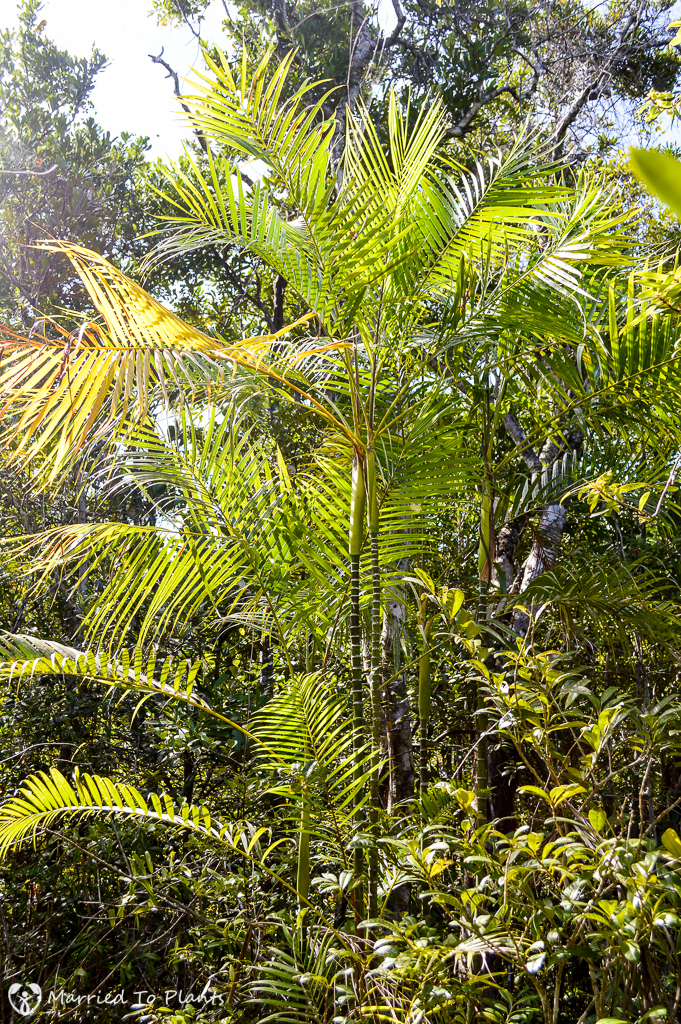
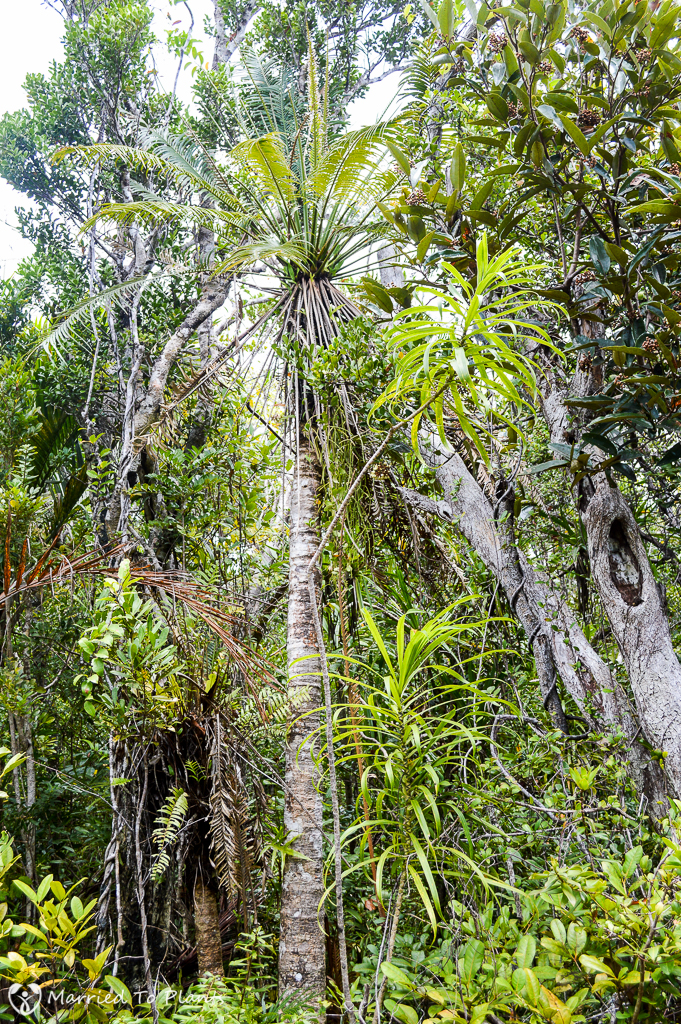
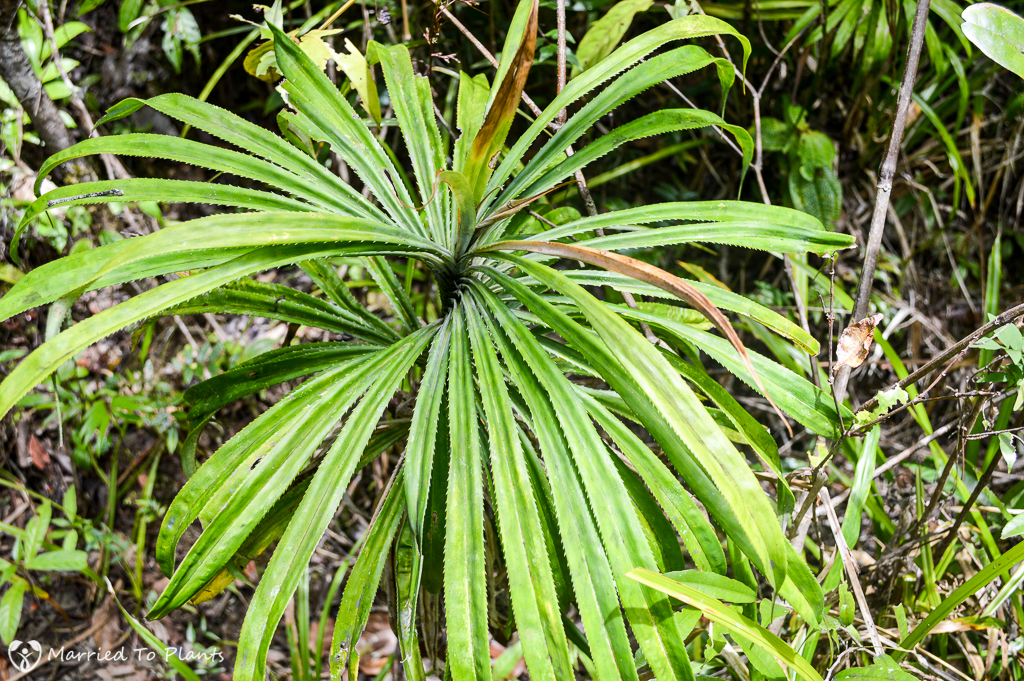

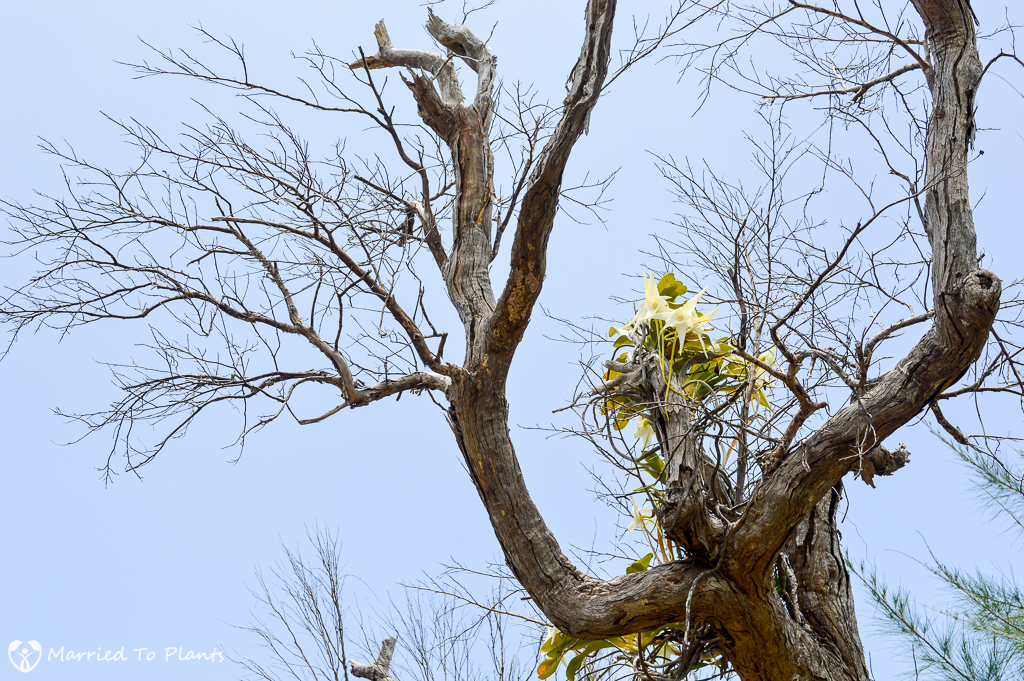

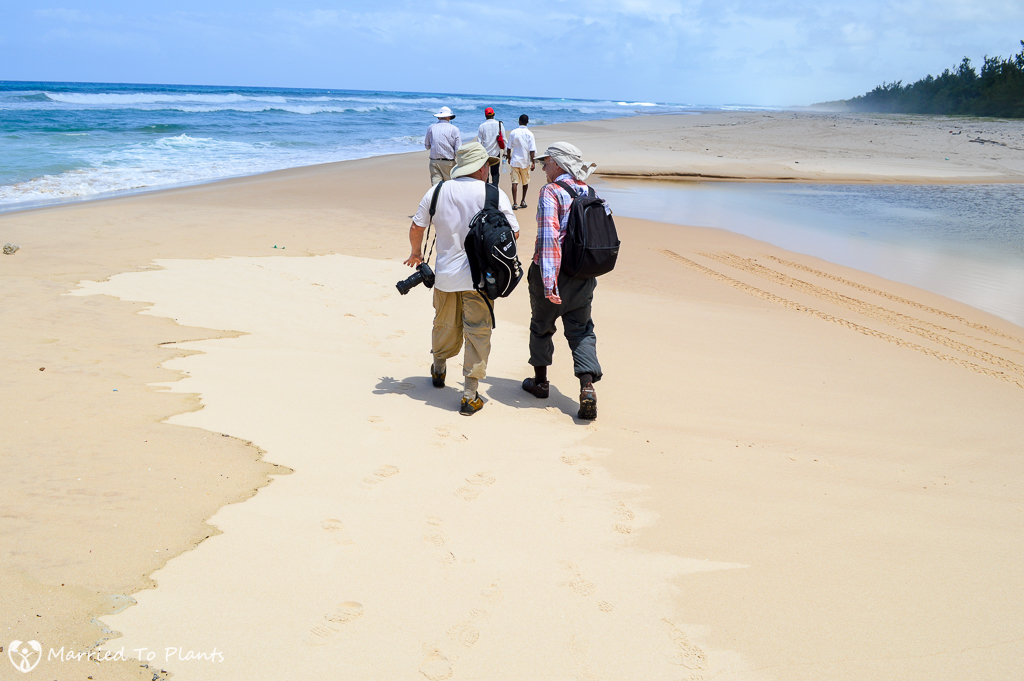
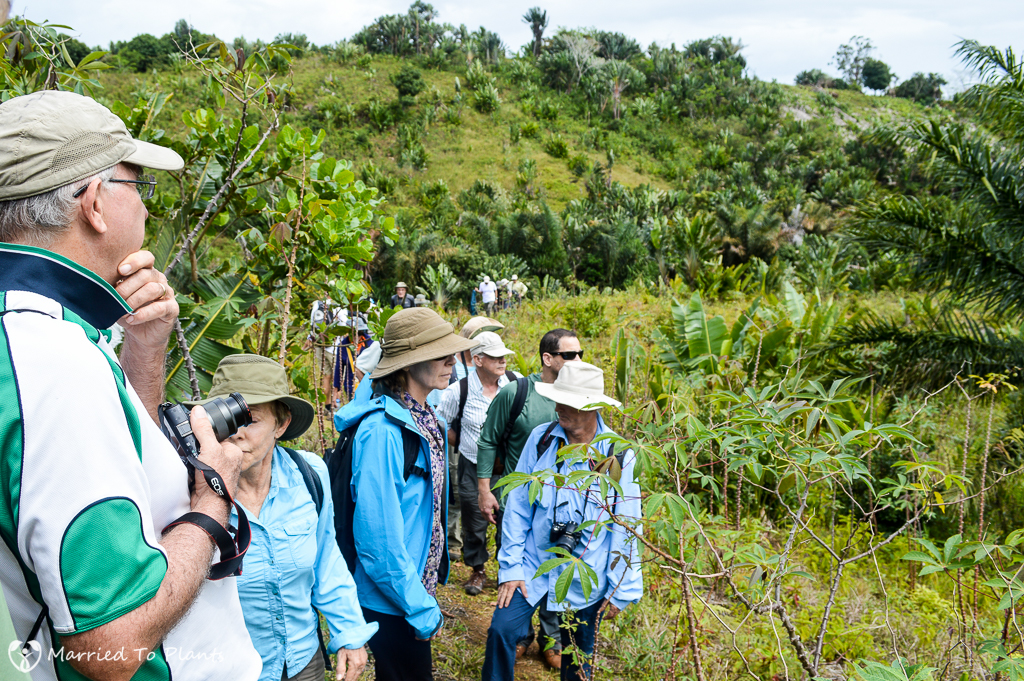
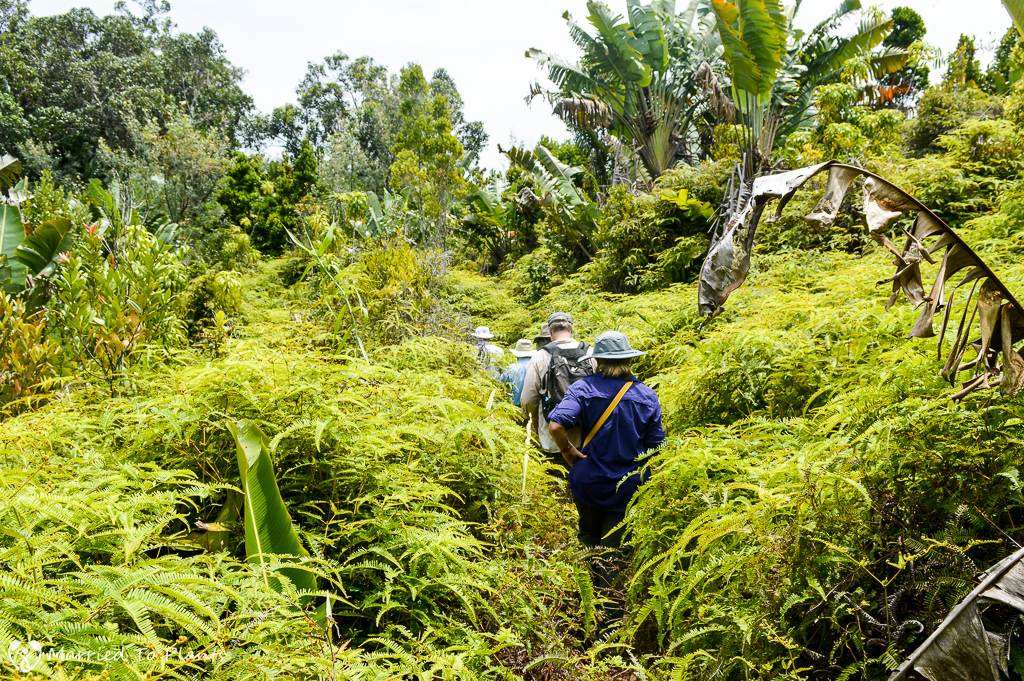
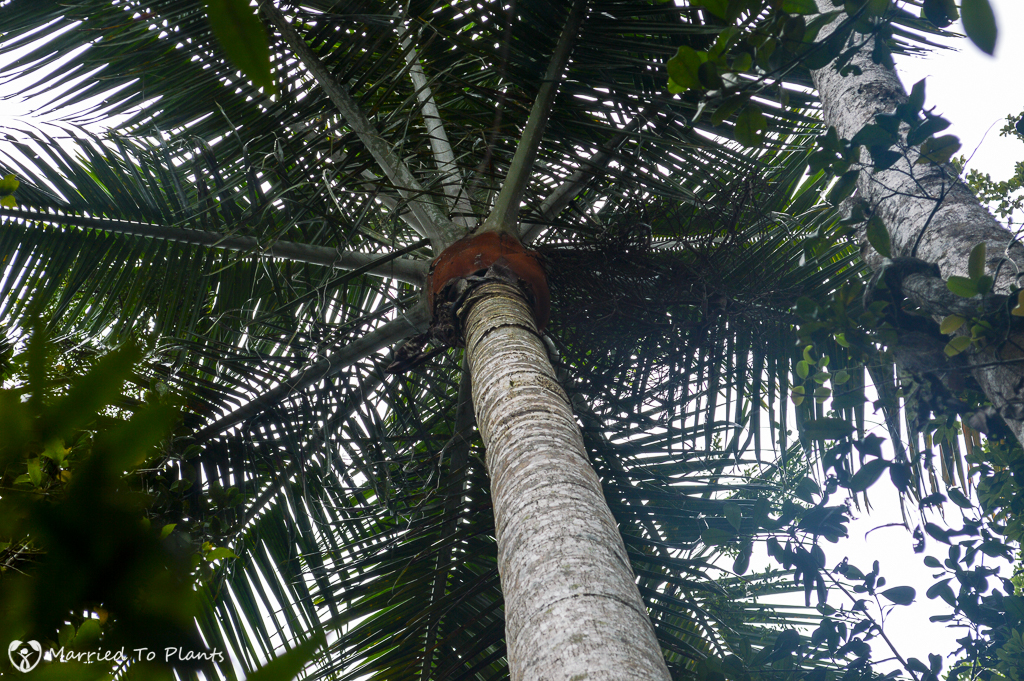
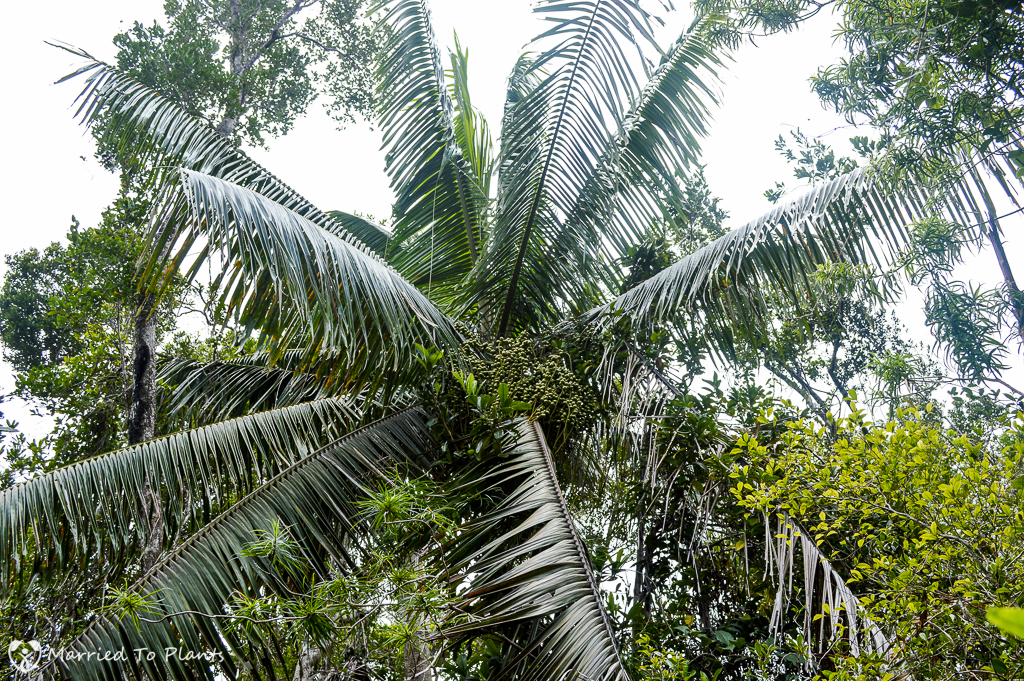

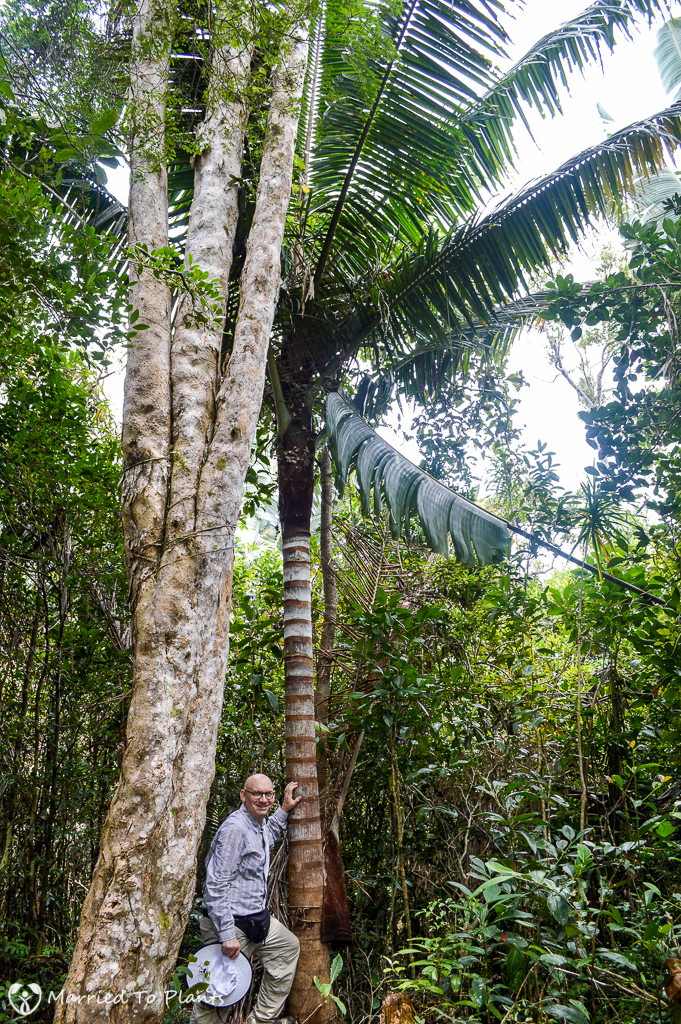
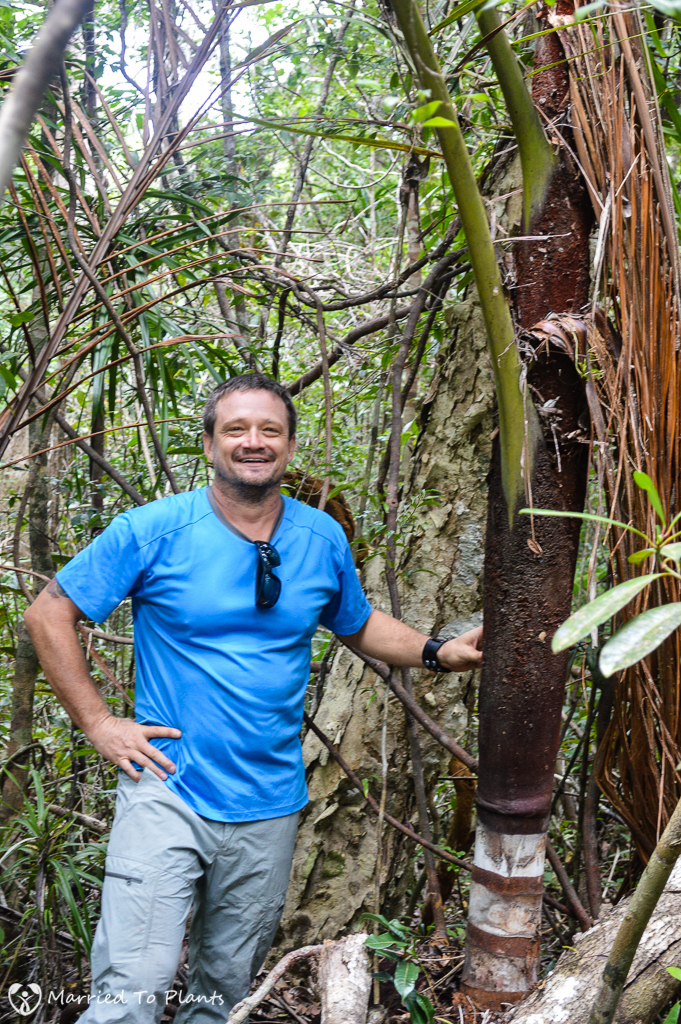
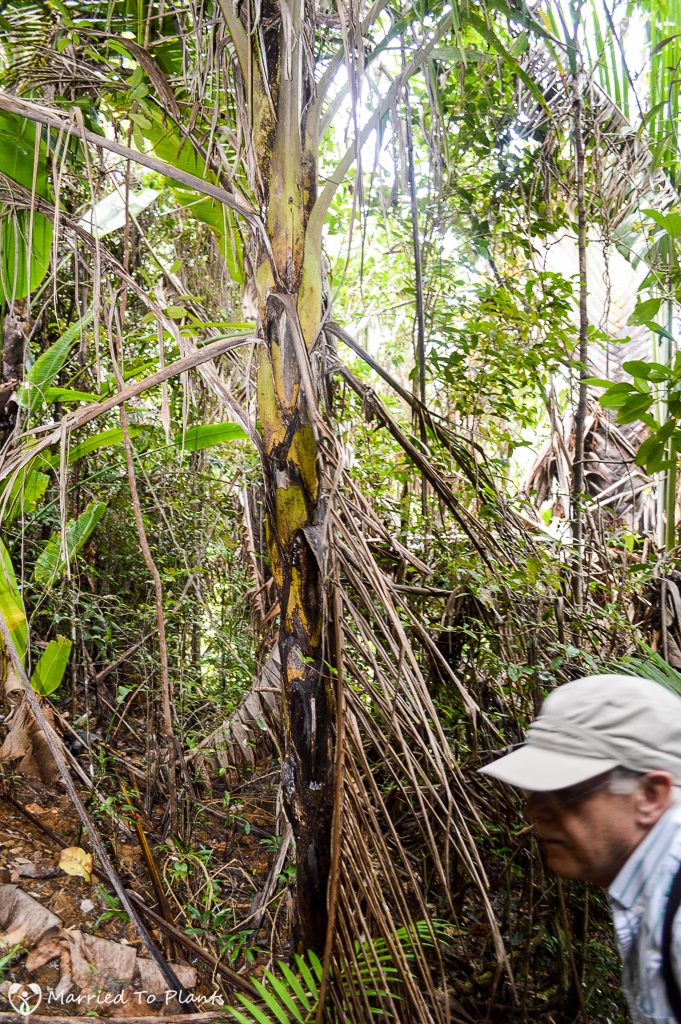
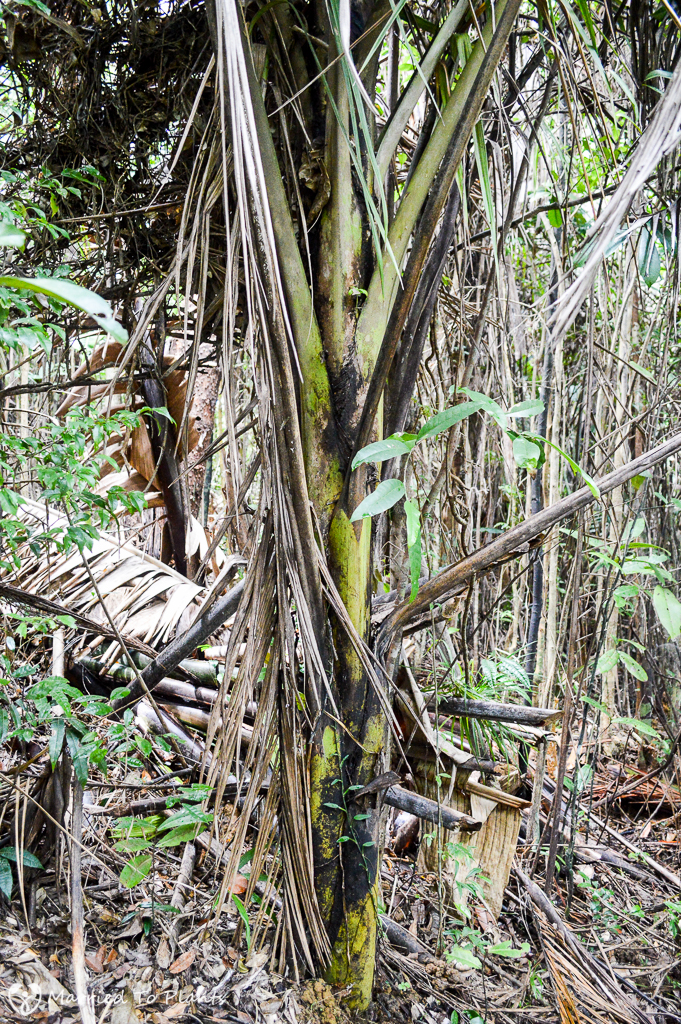
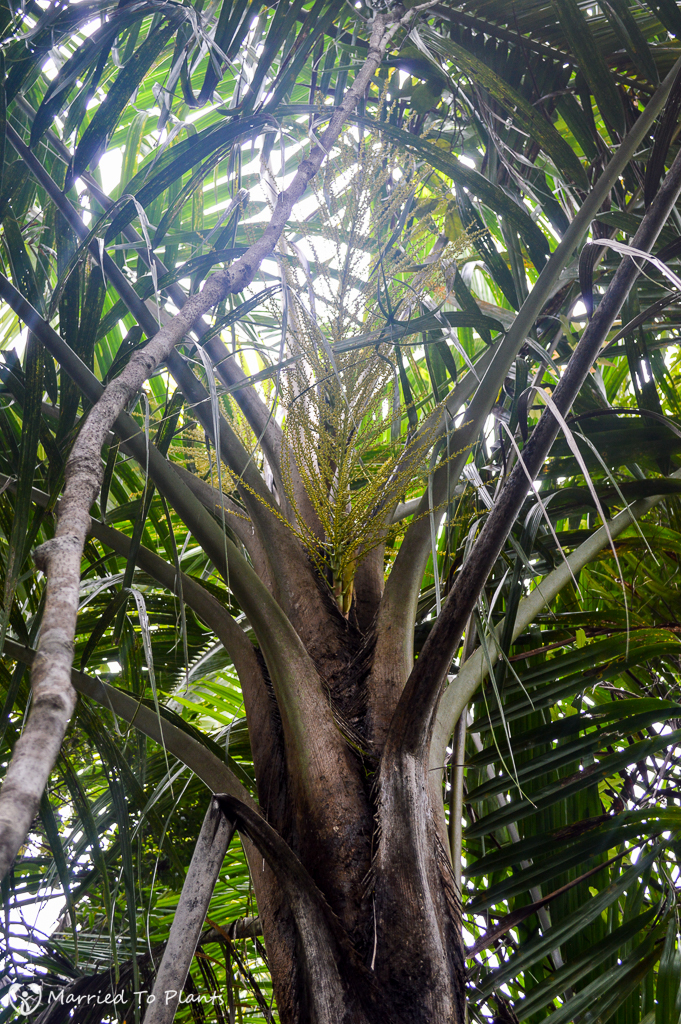
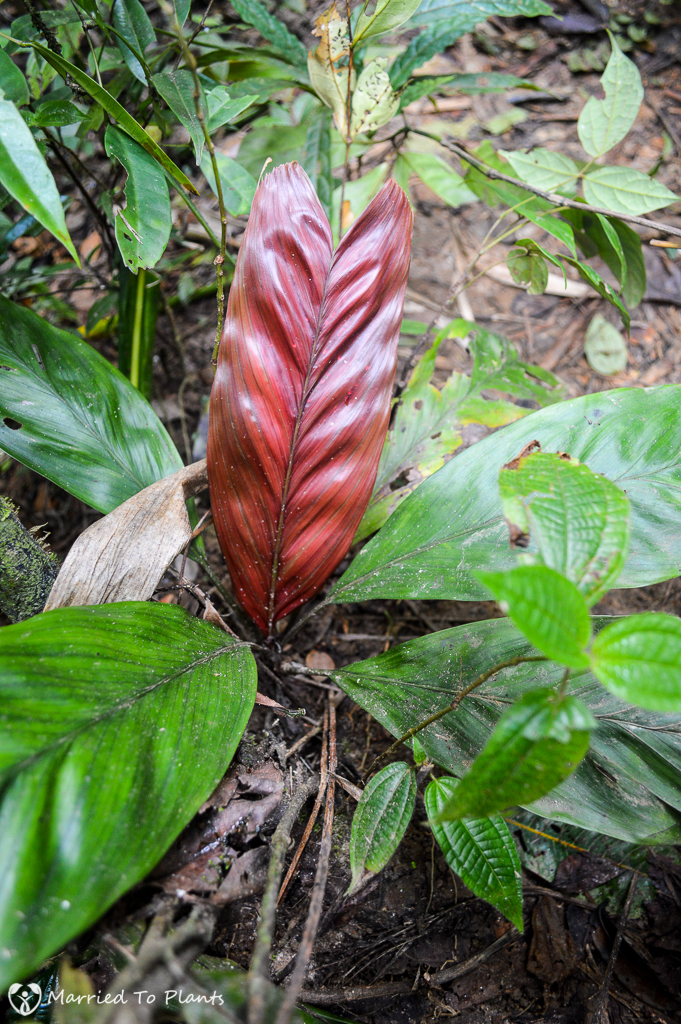
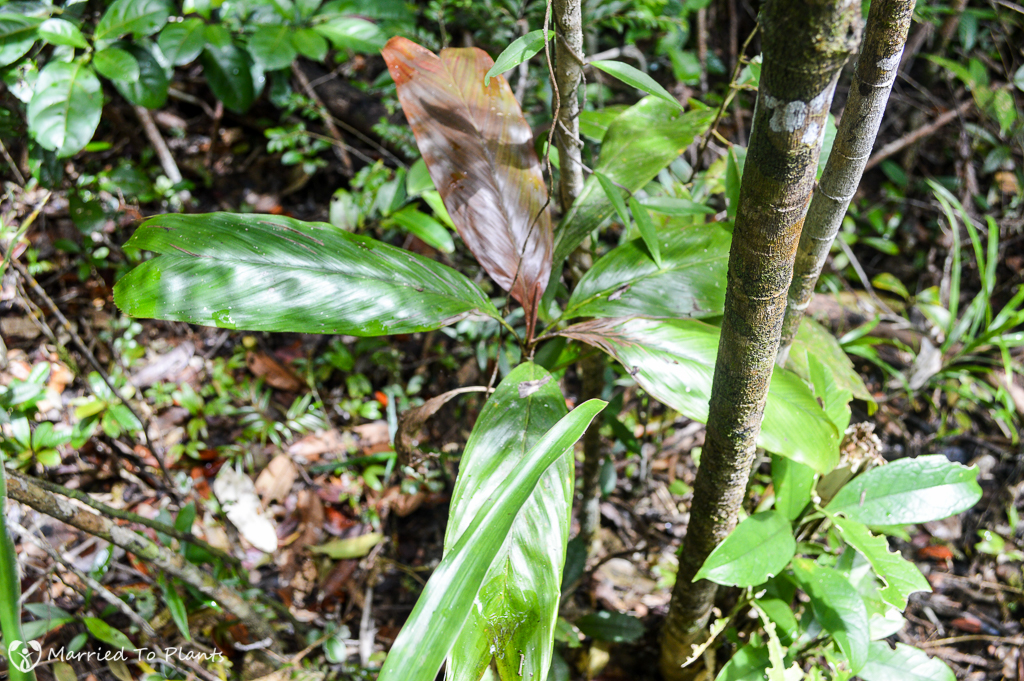
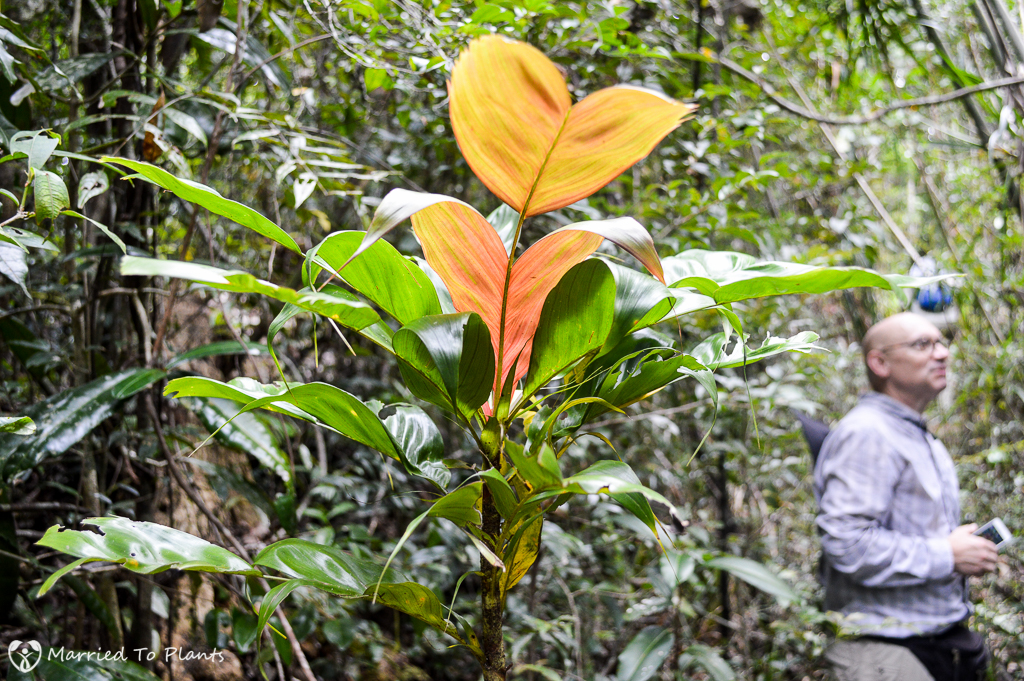
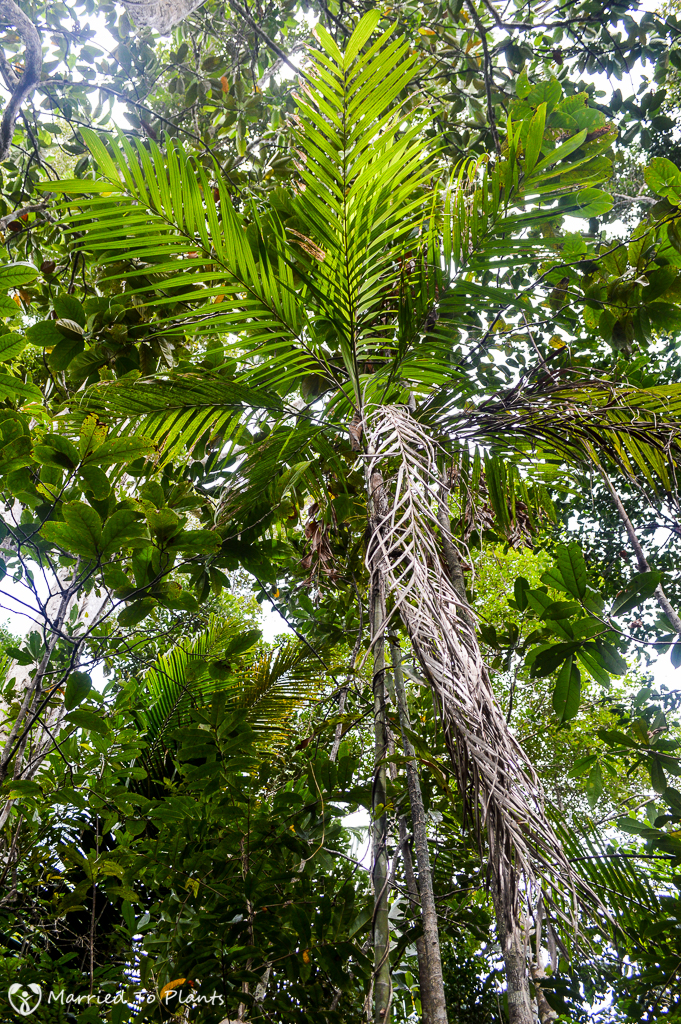
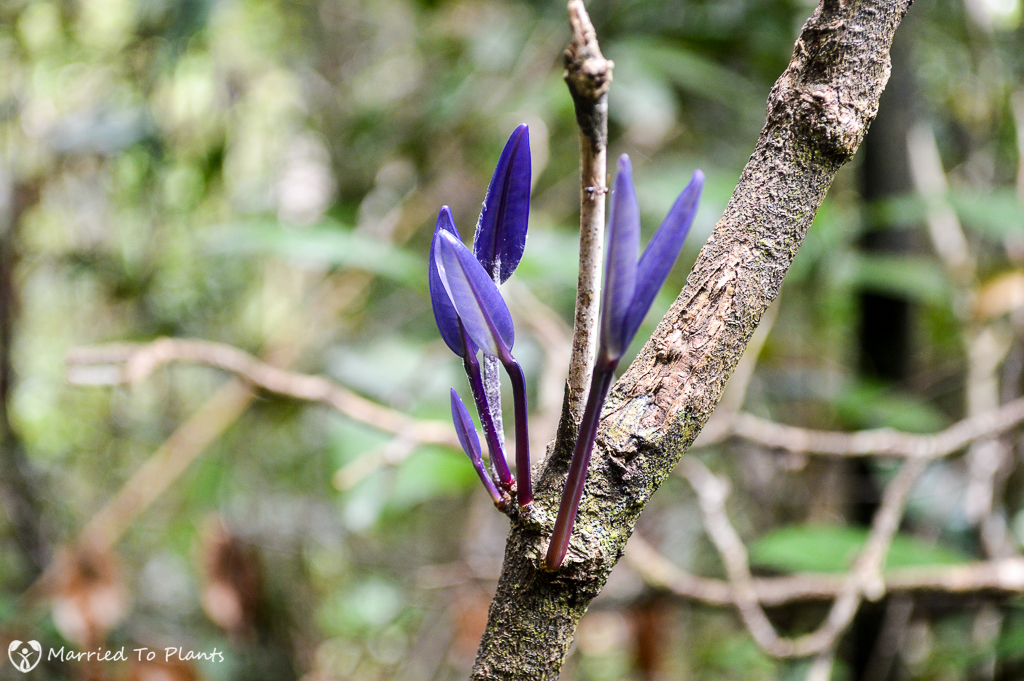
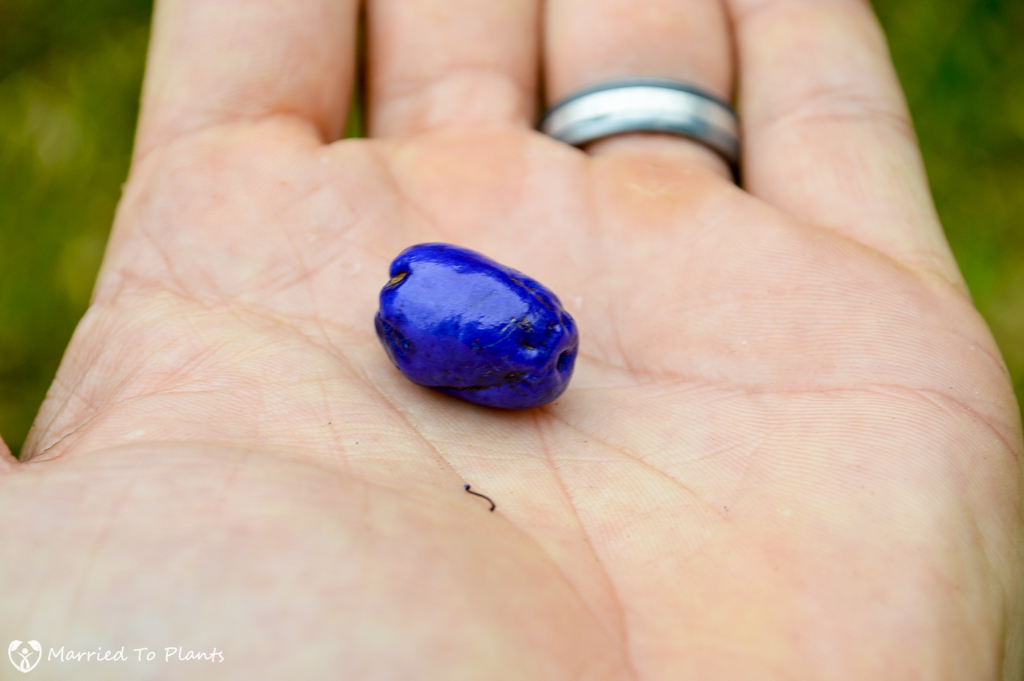
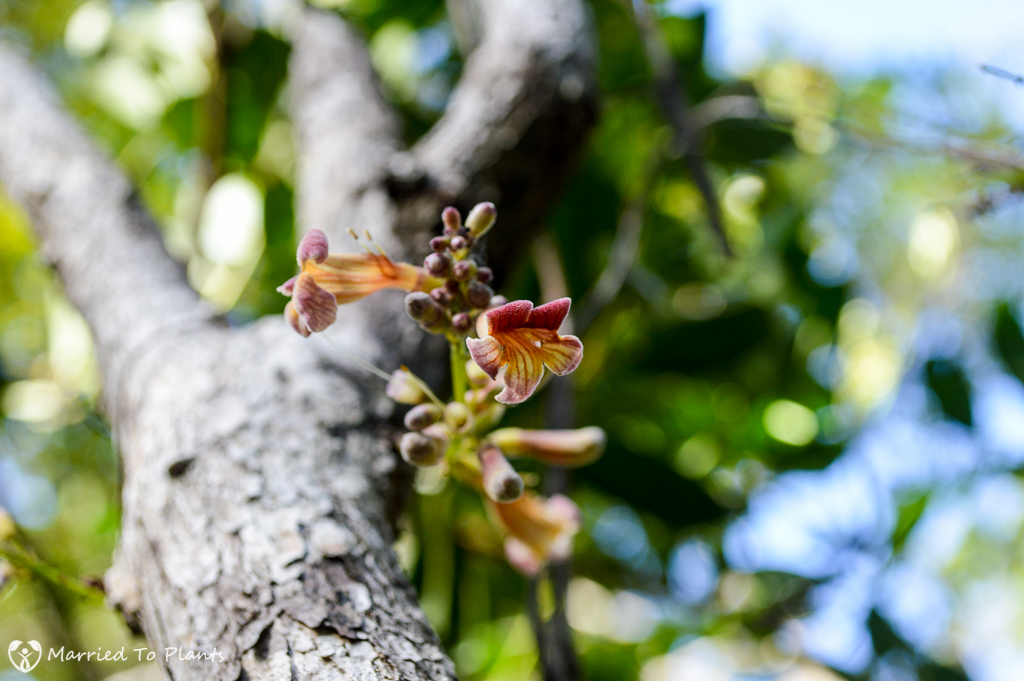
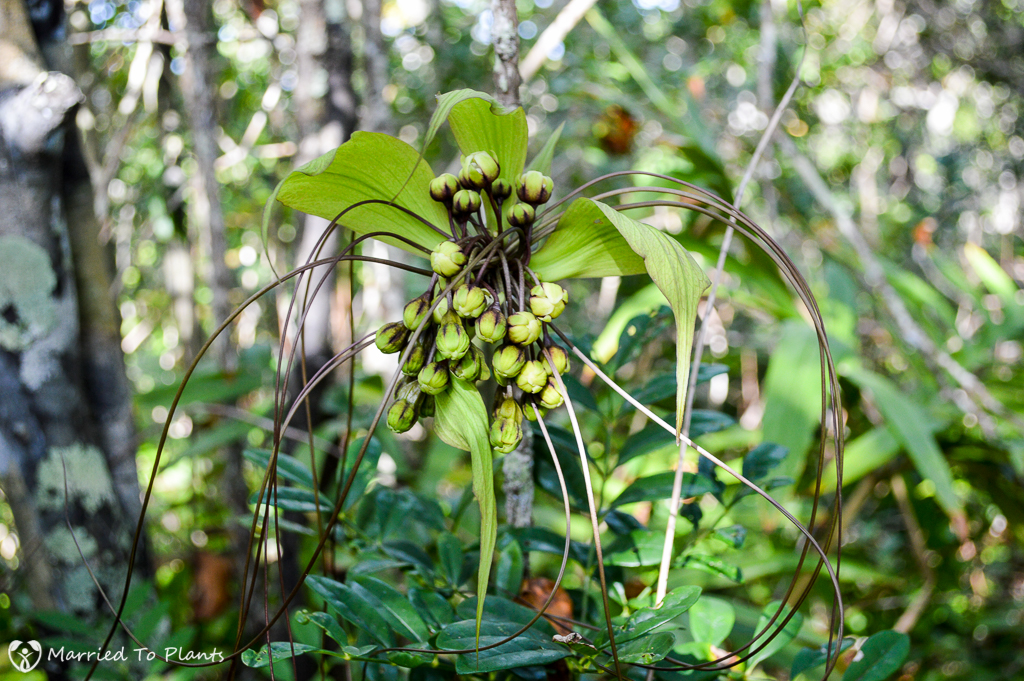
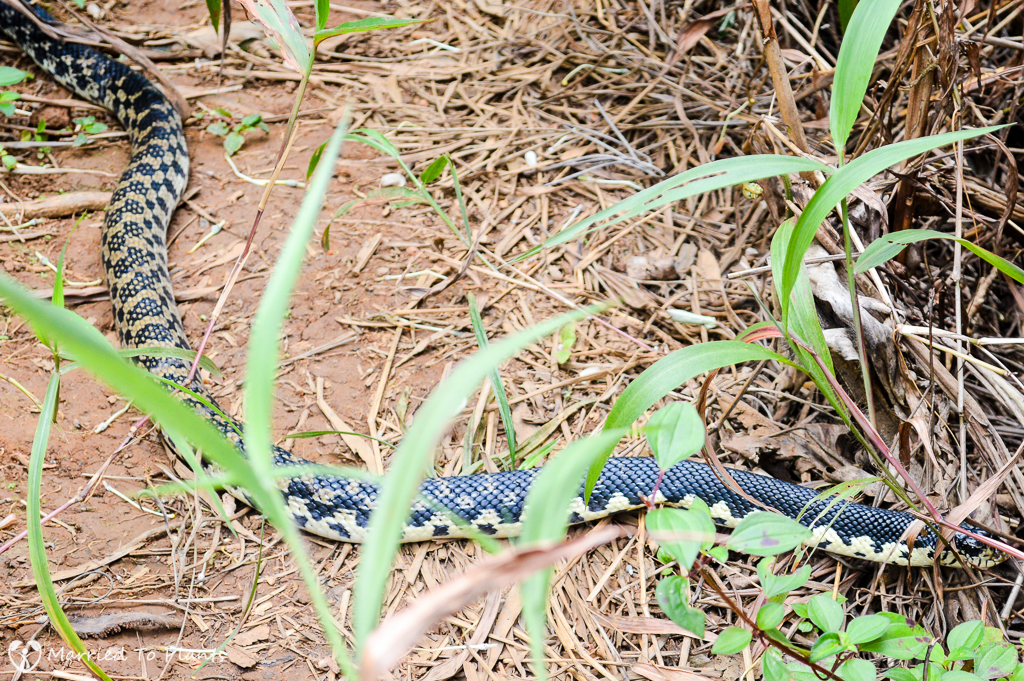
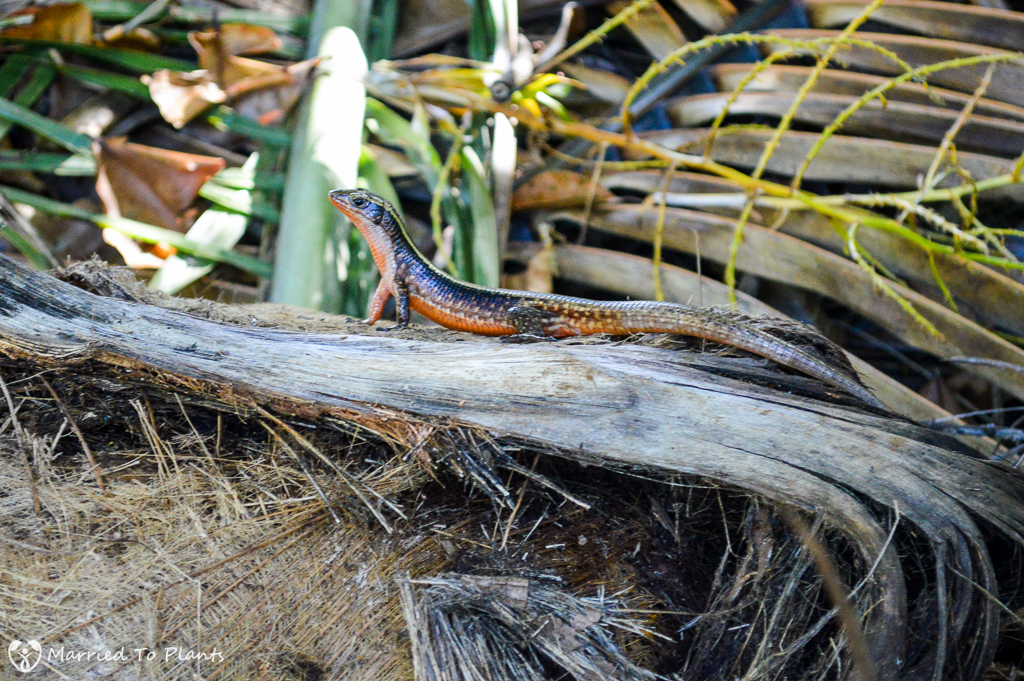
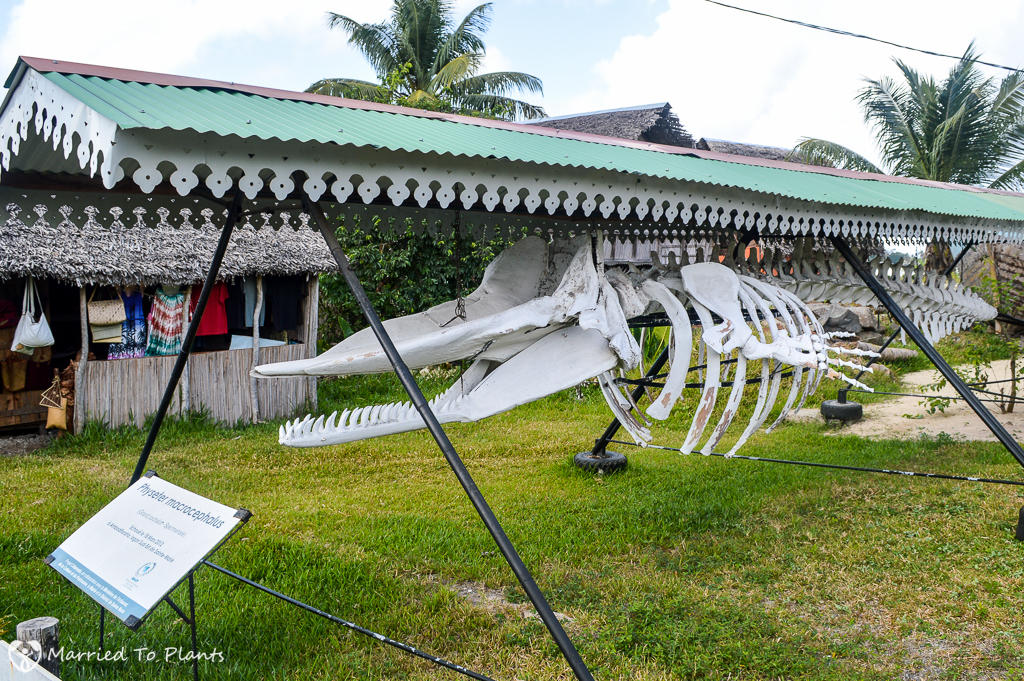
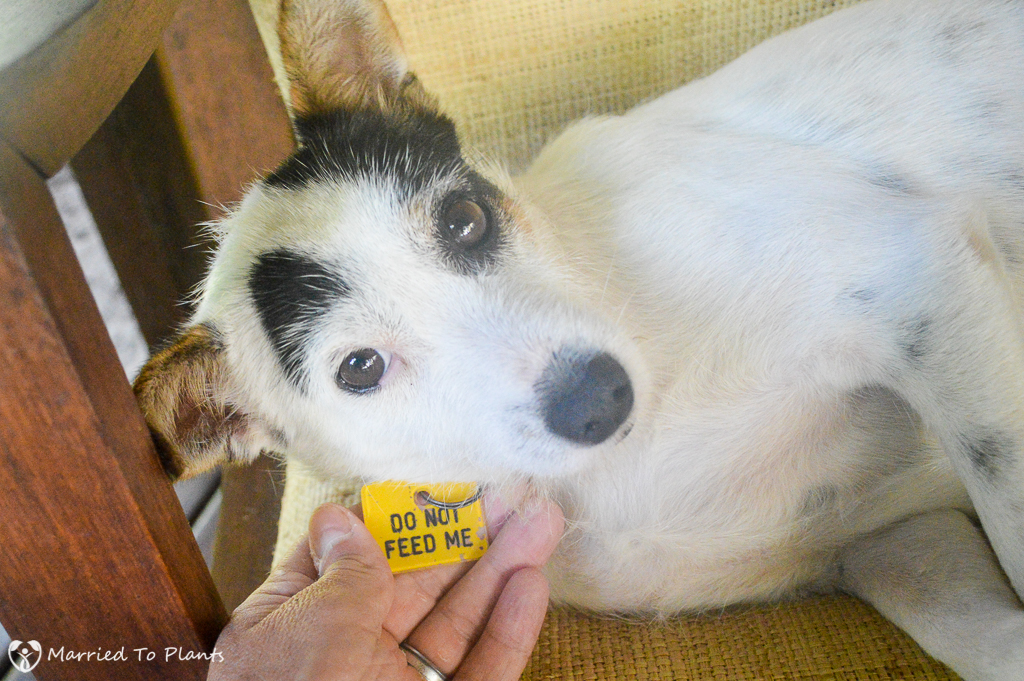
Excellent Len. Yet it kinda depresses me that I did not go with you when I kinda had the chance. This means I need to next trip!